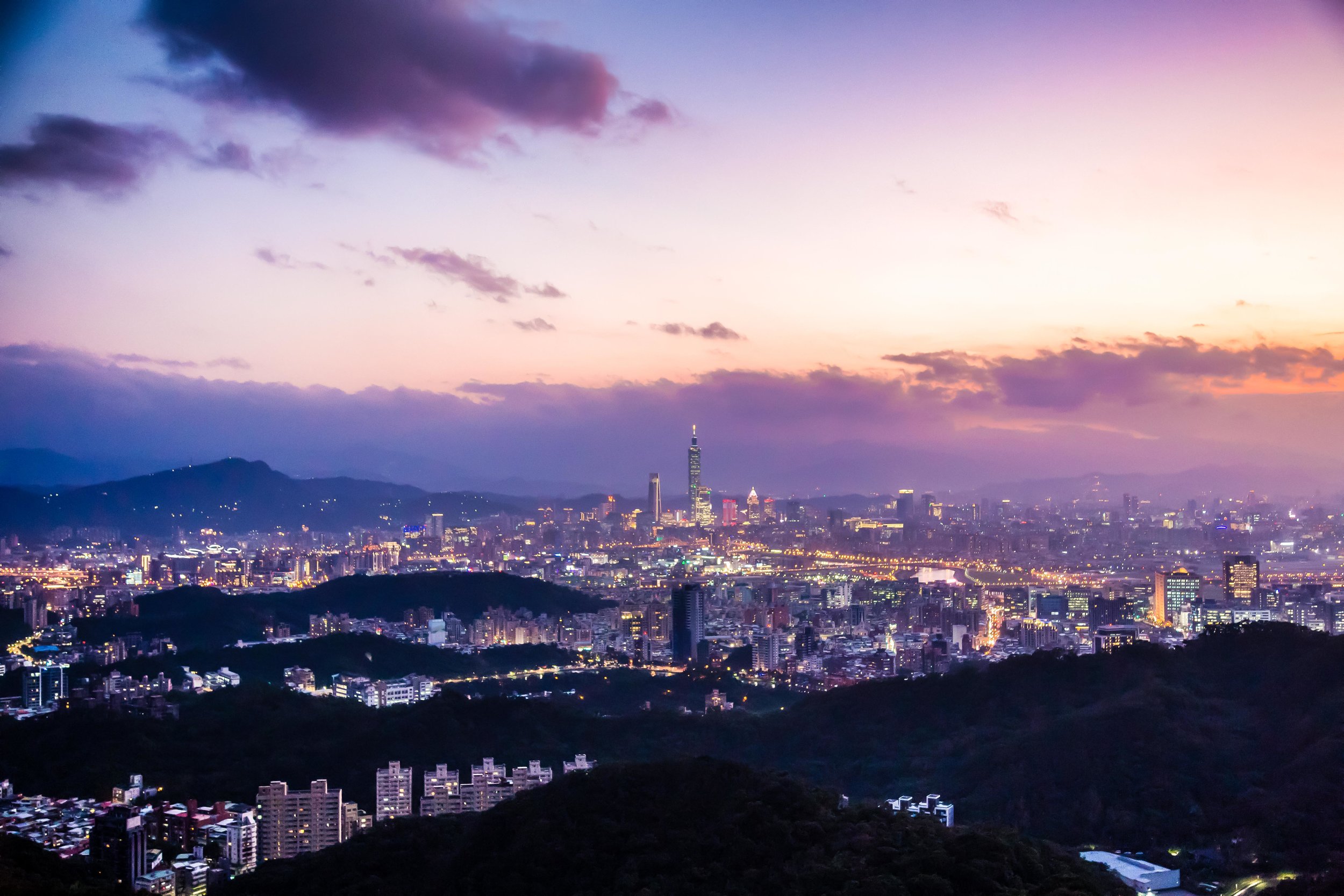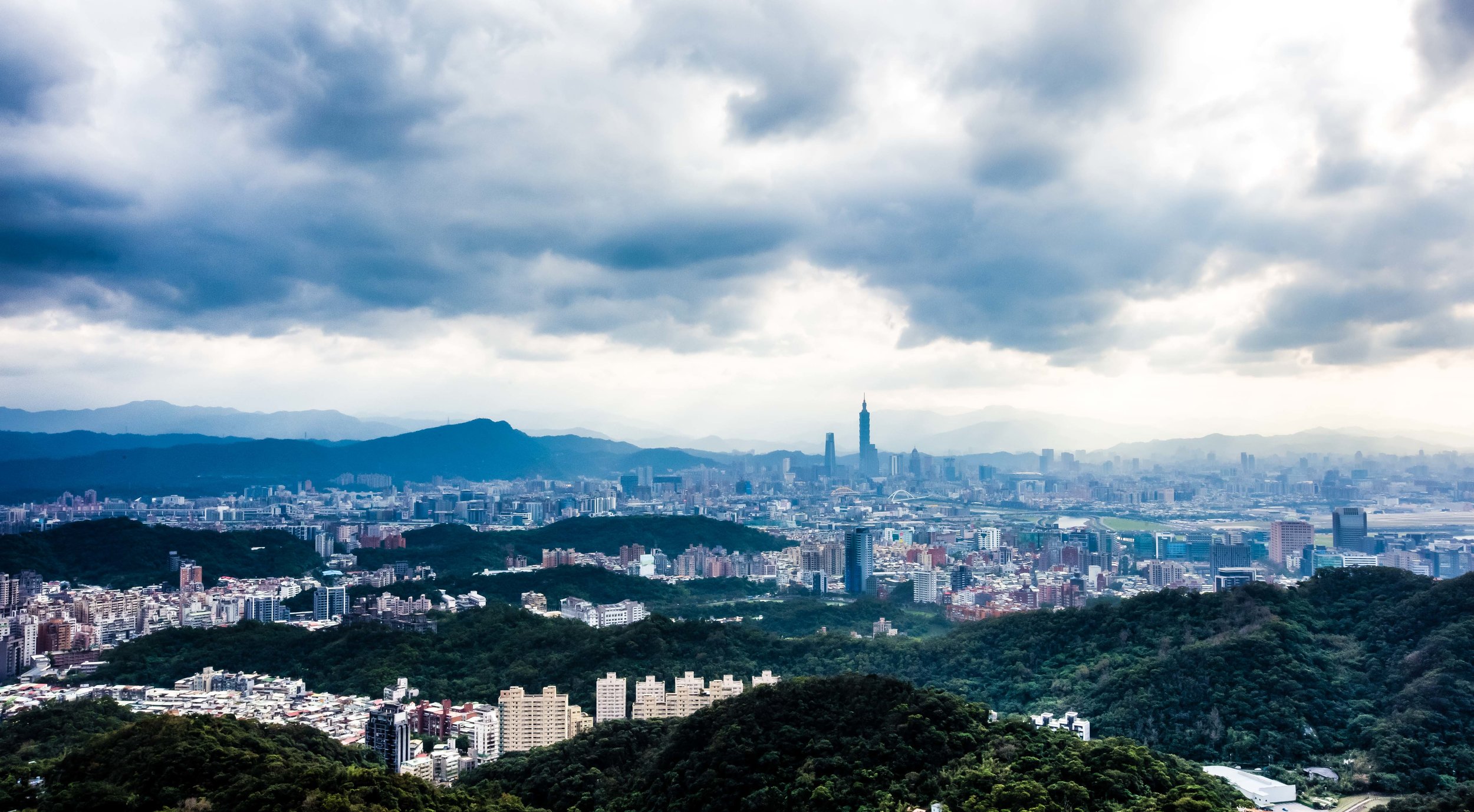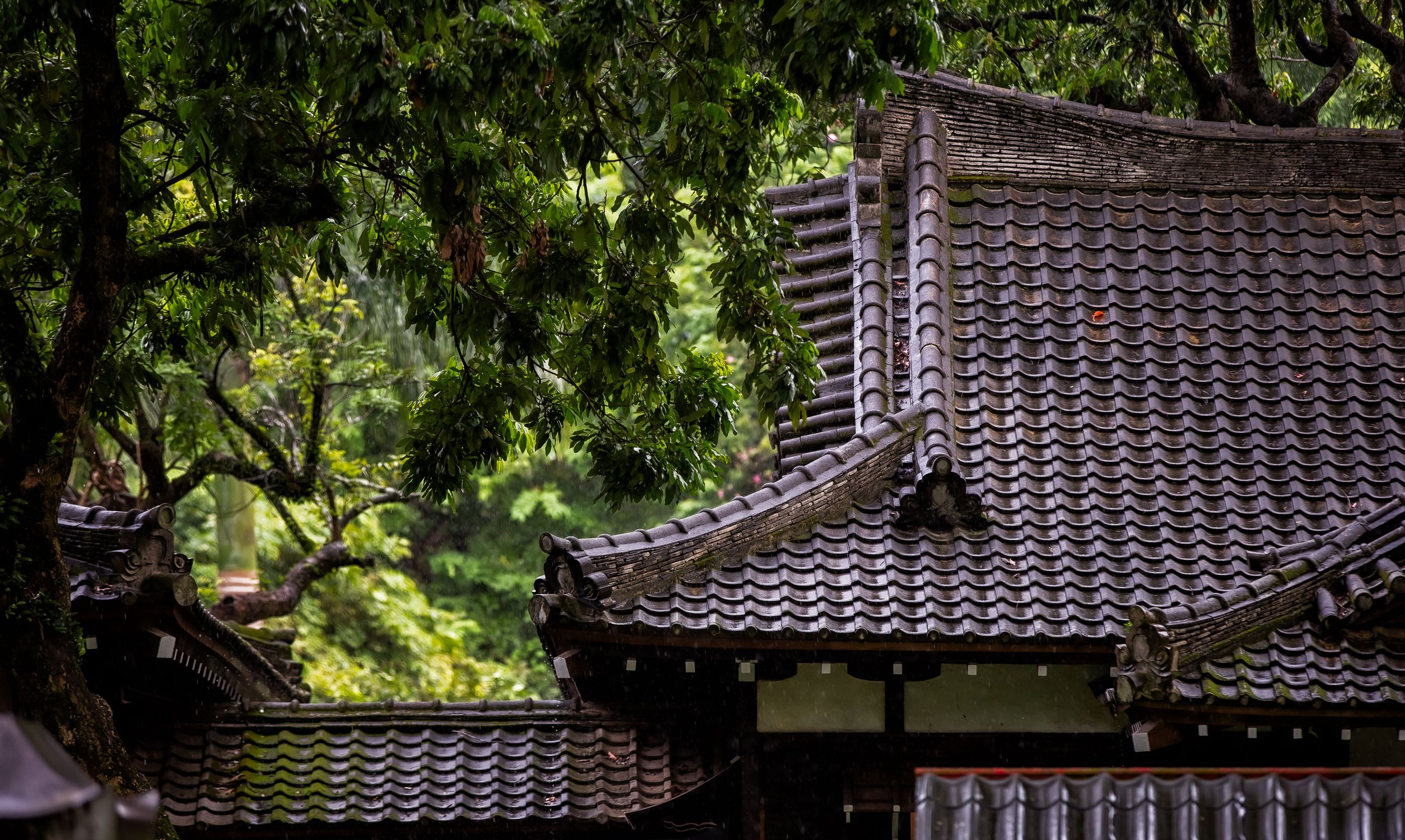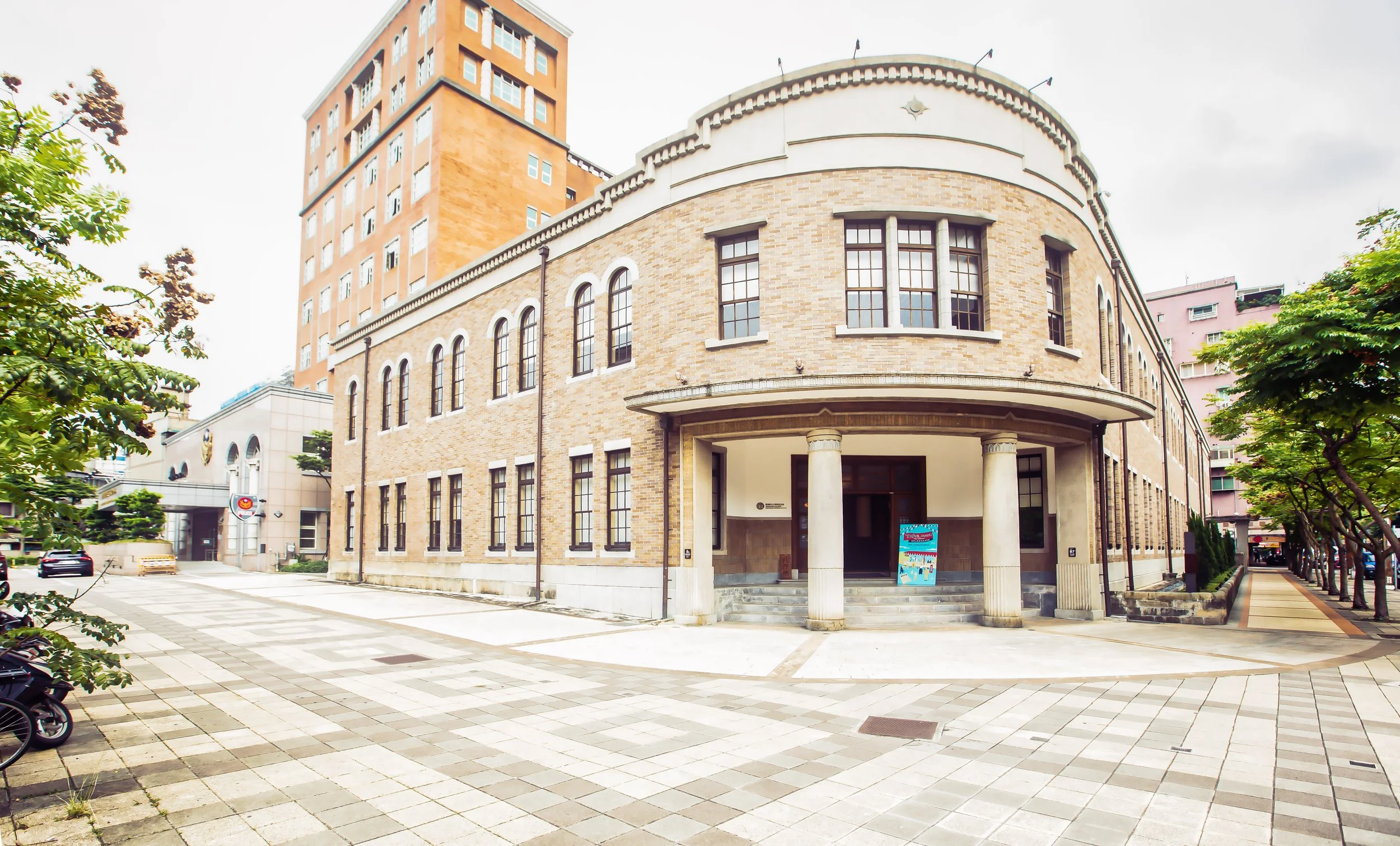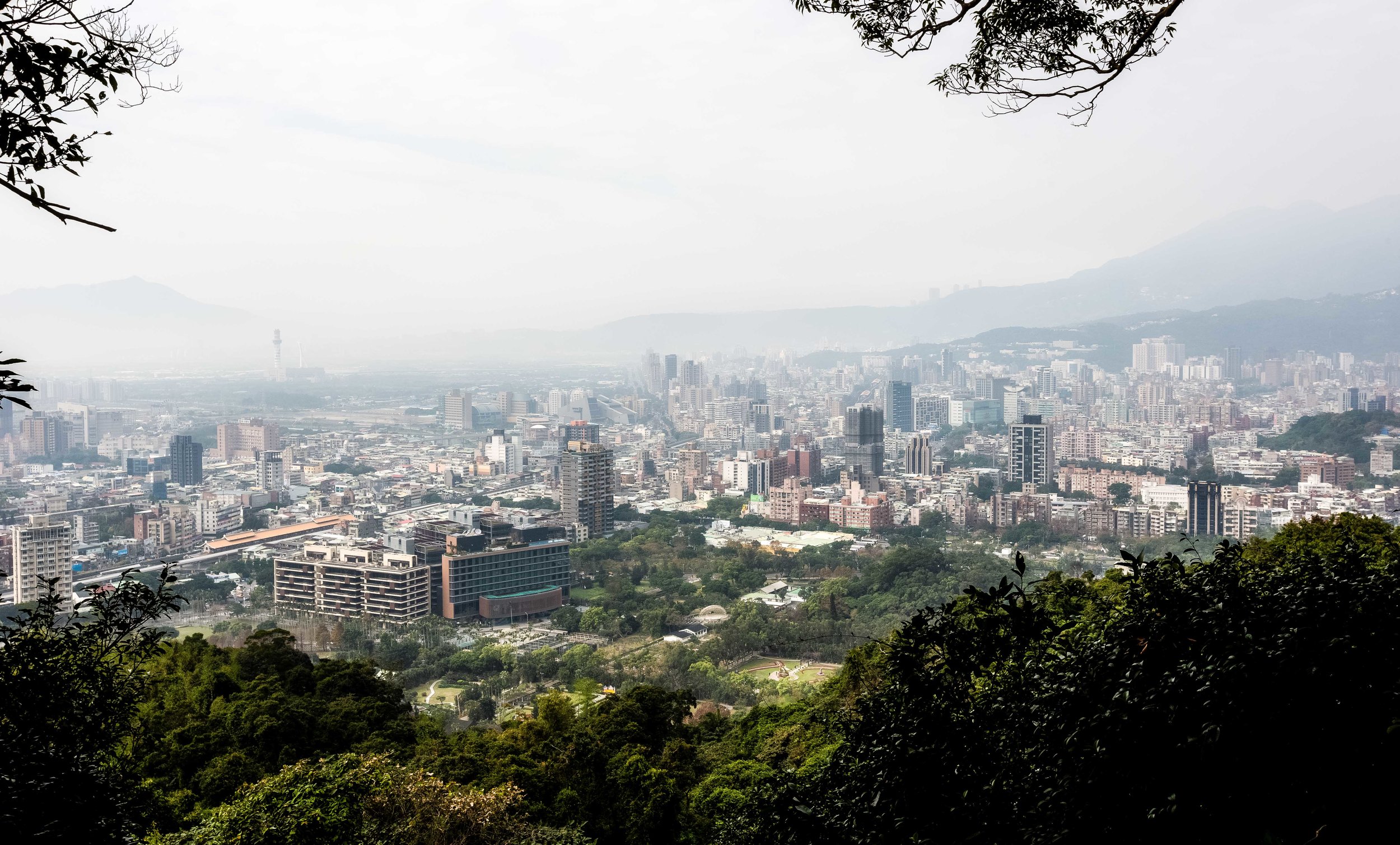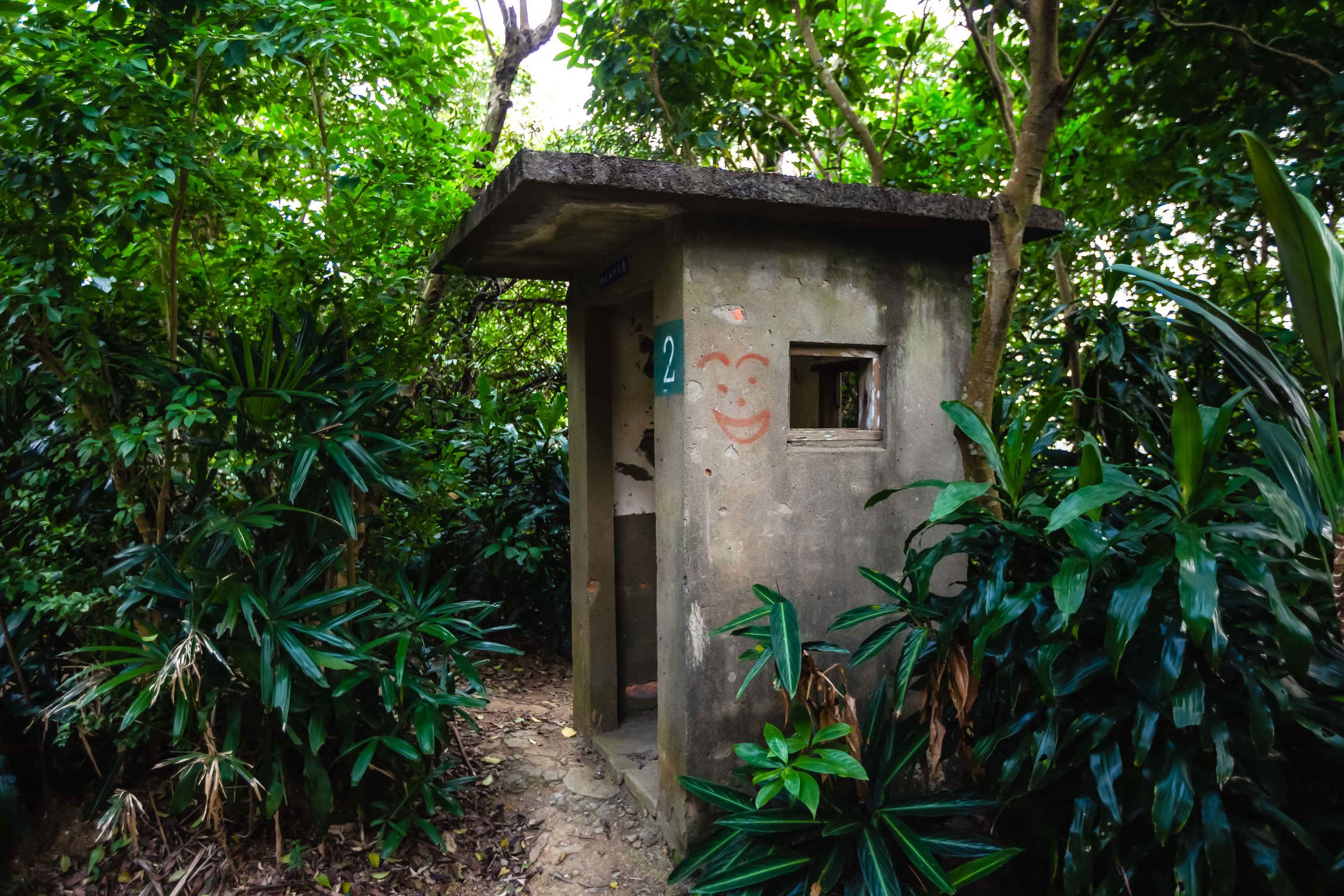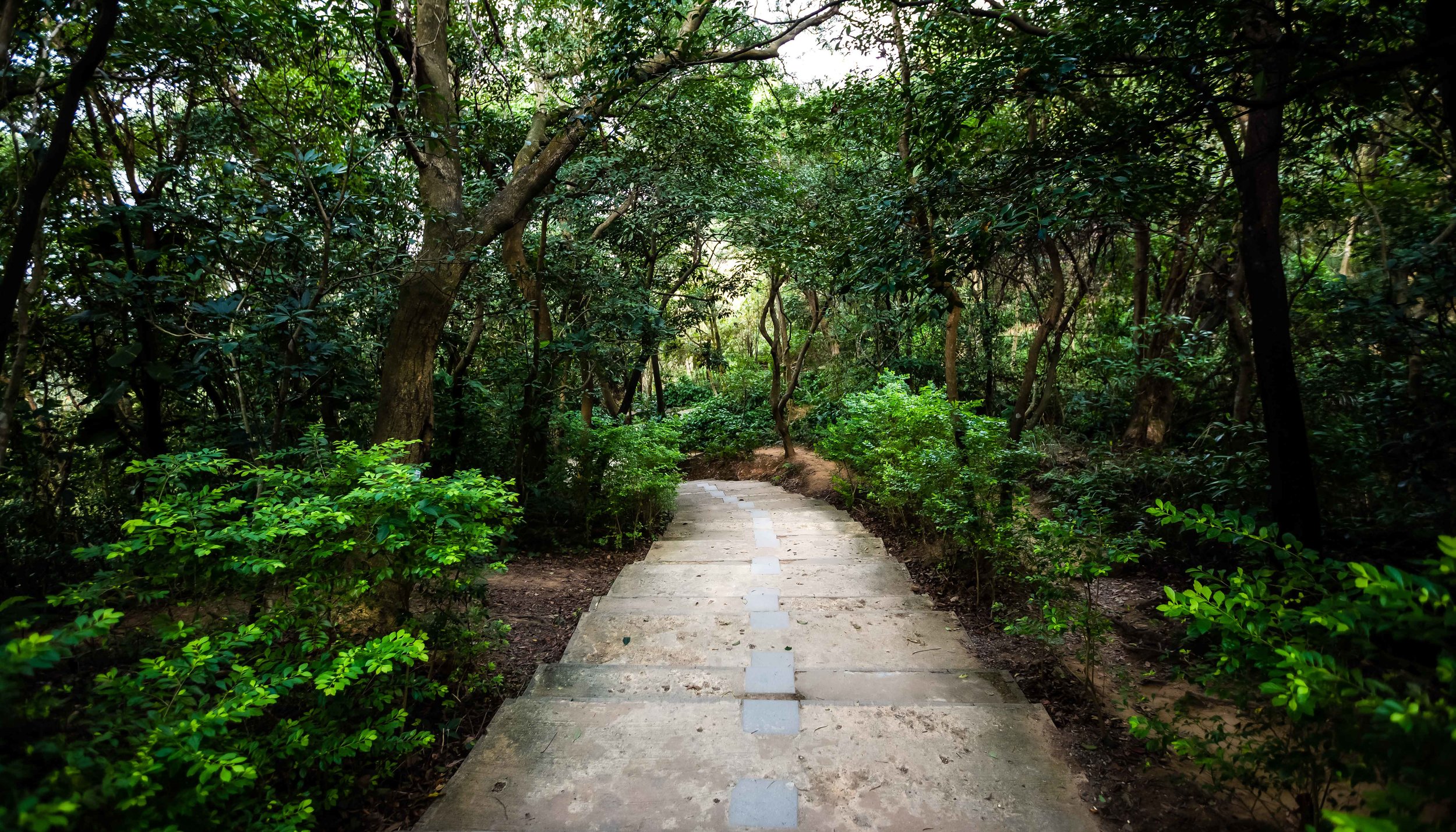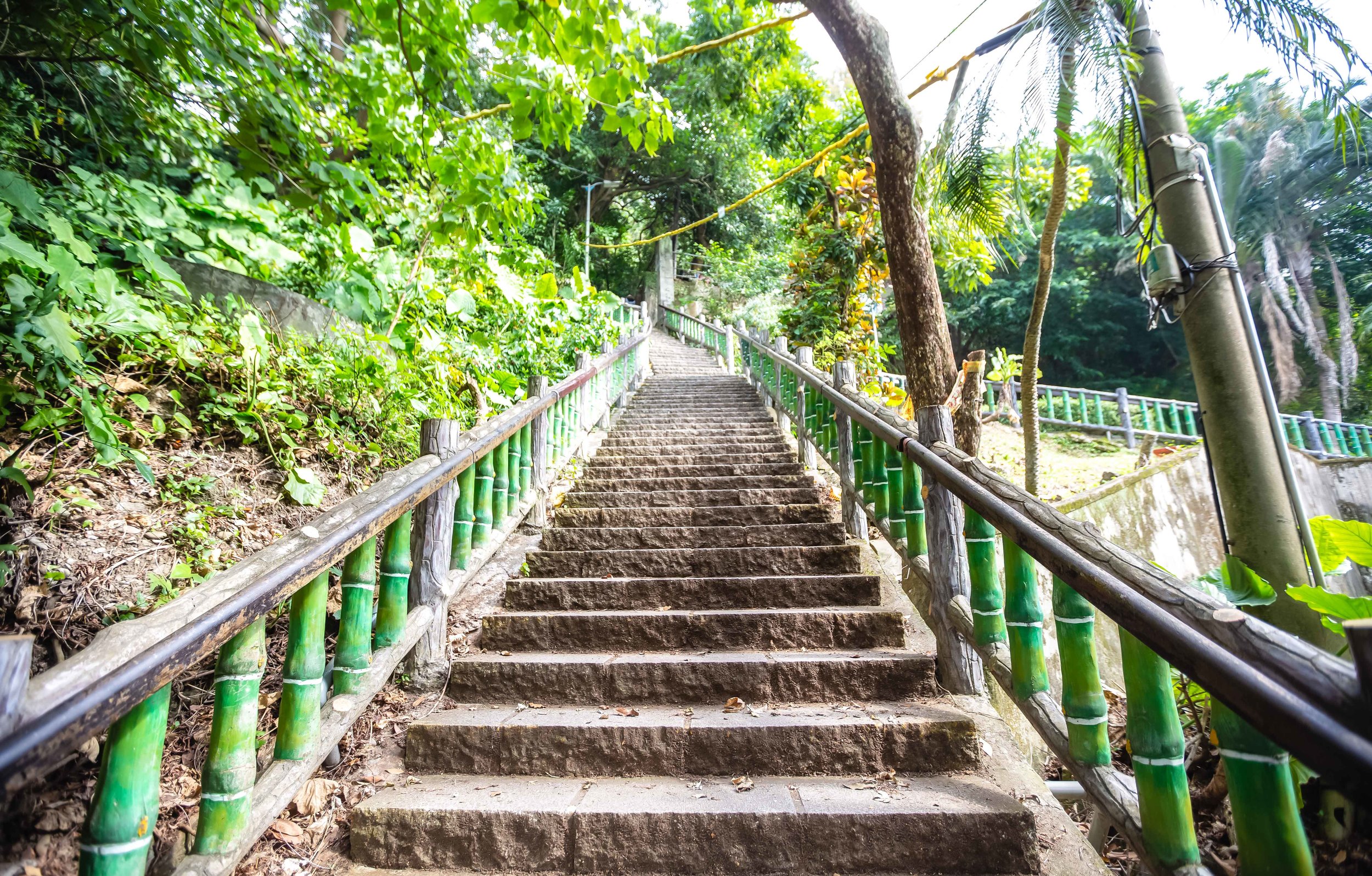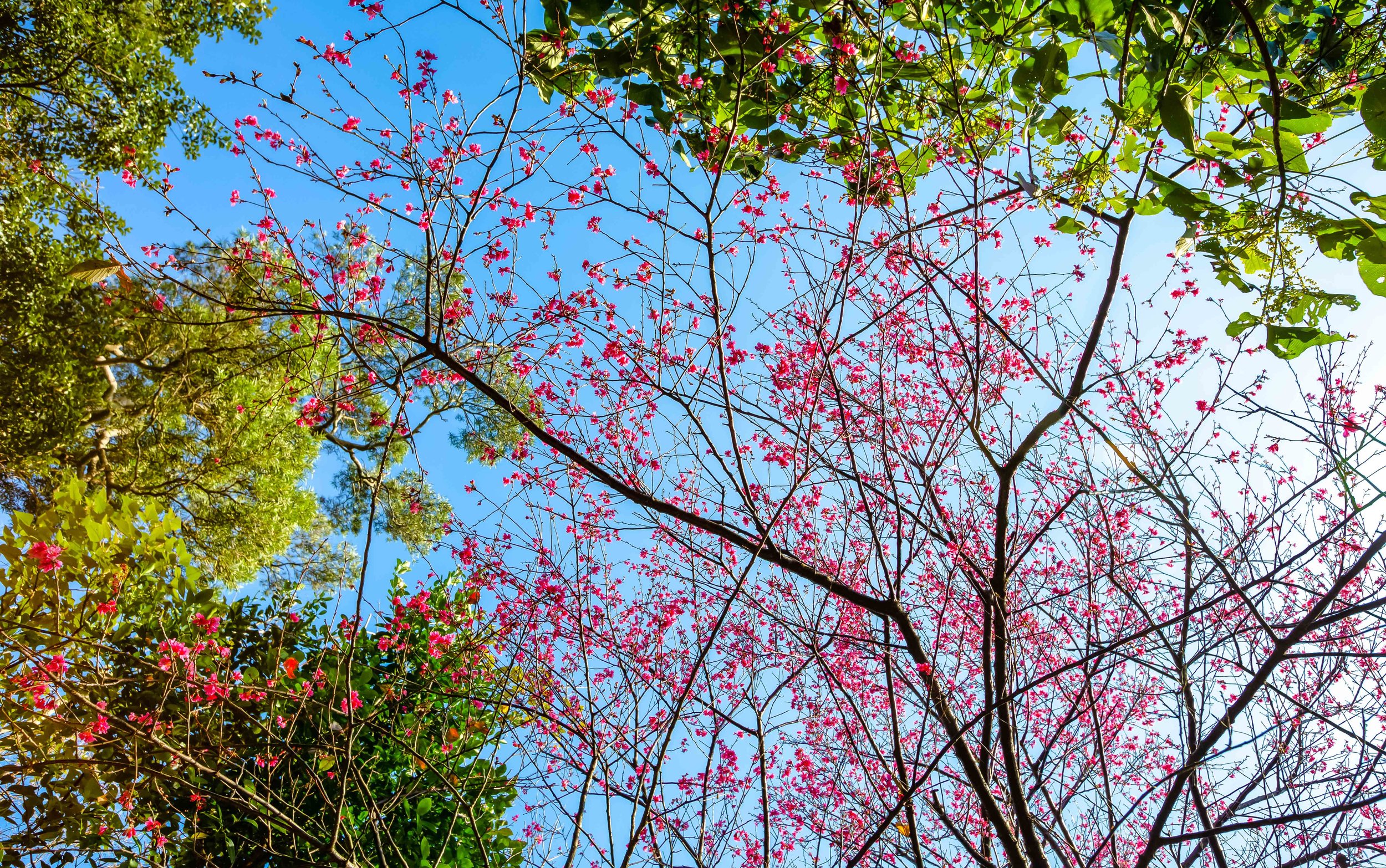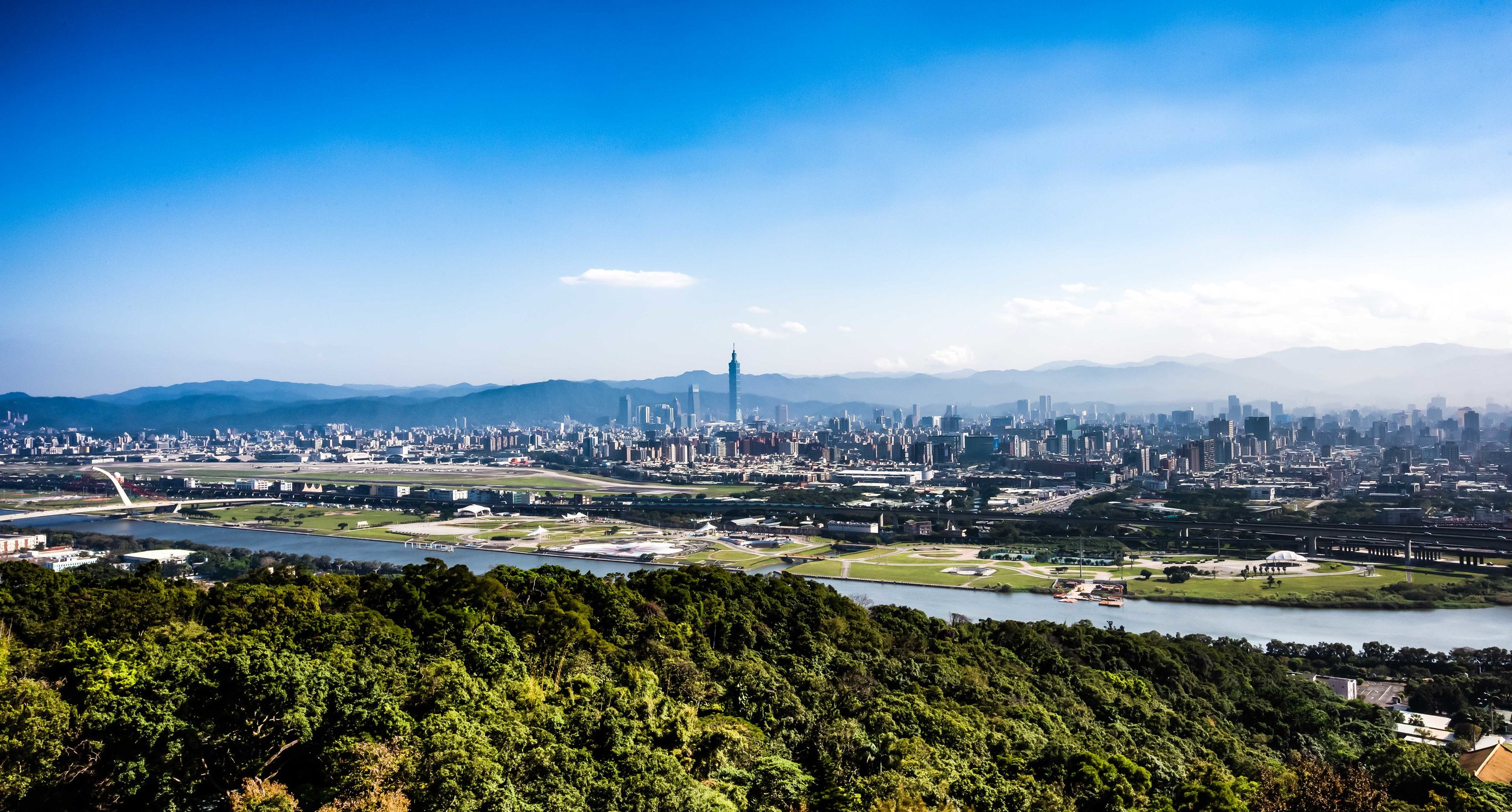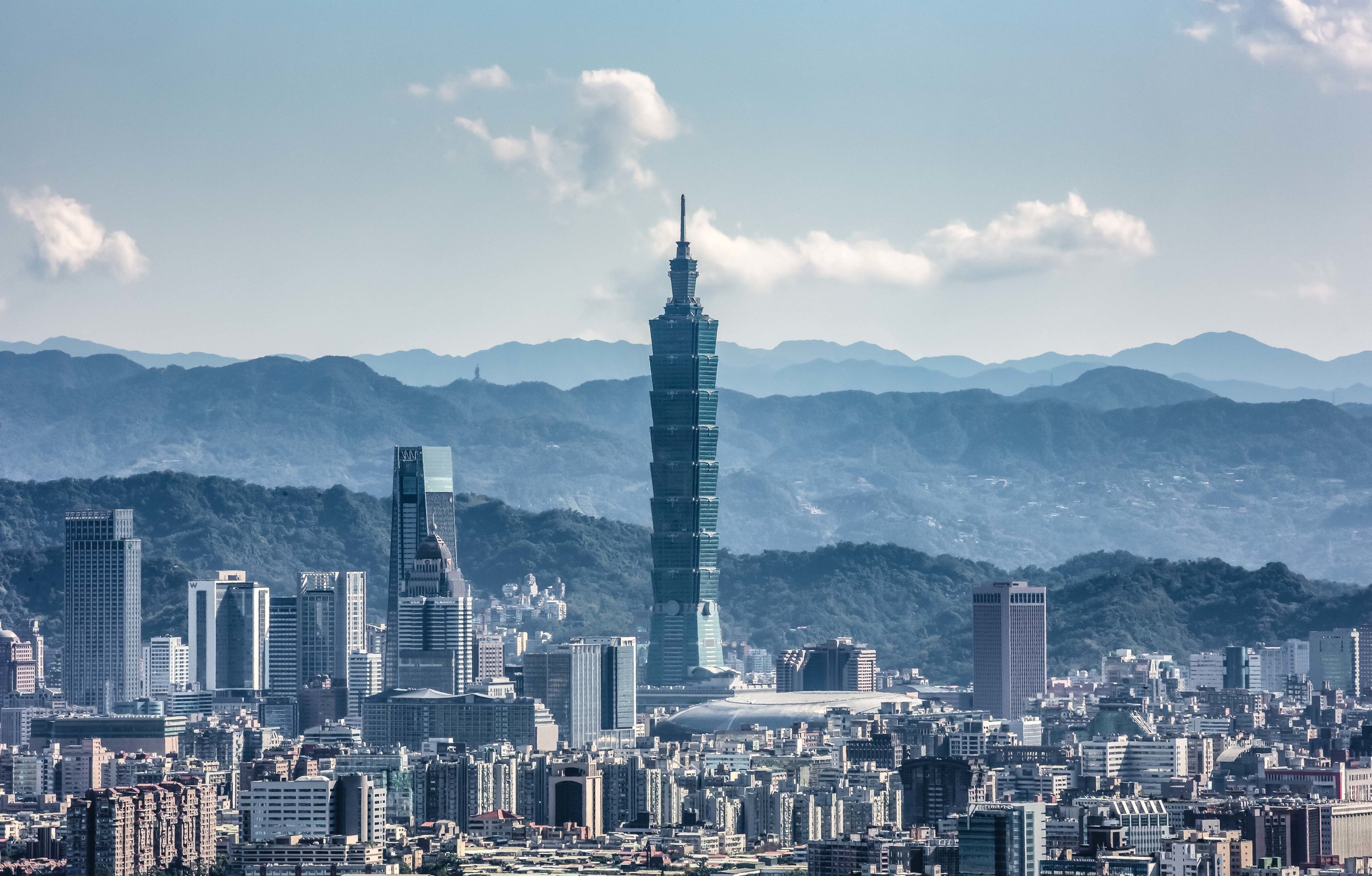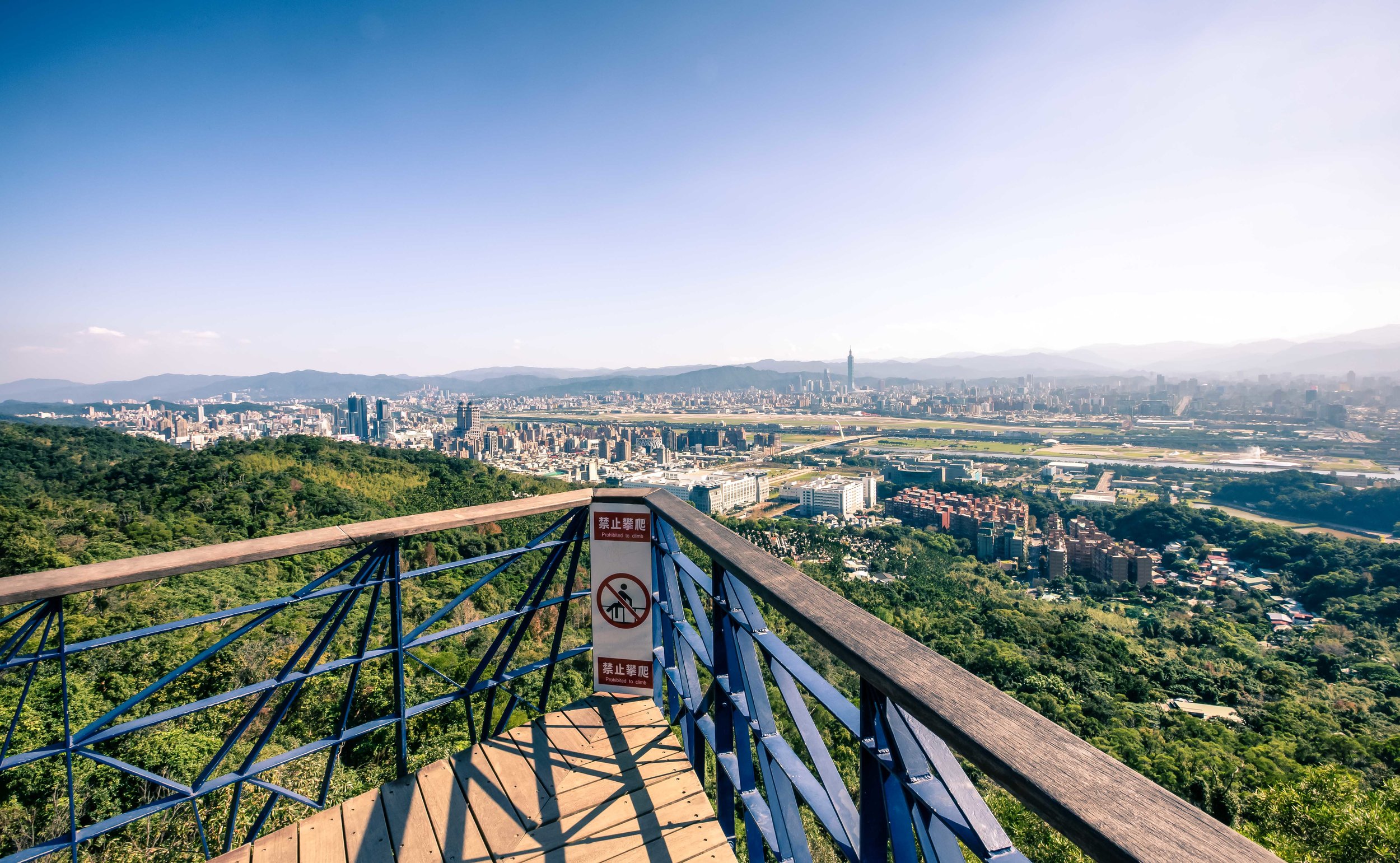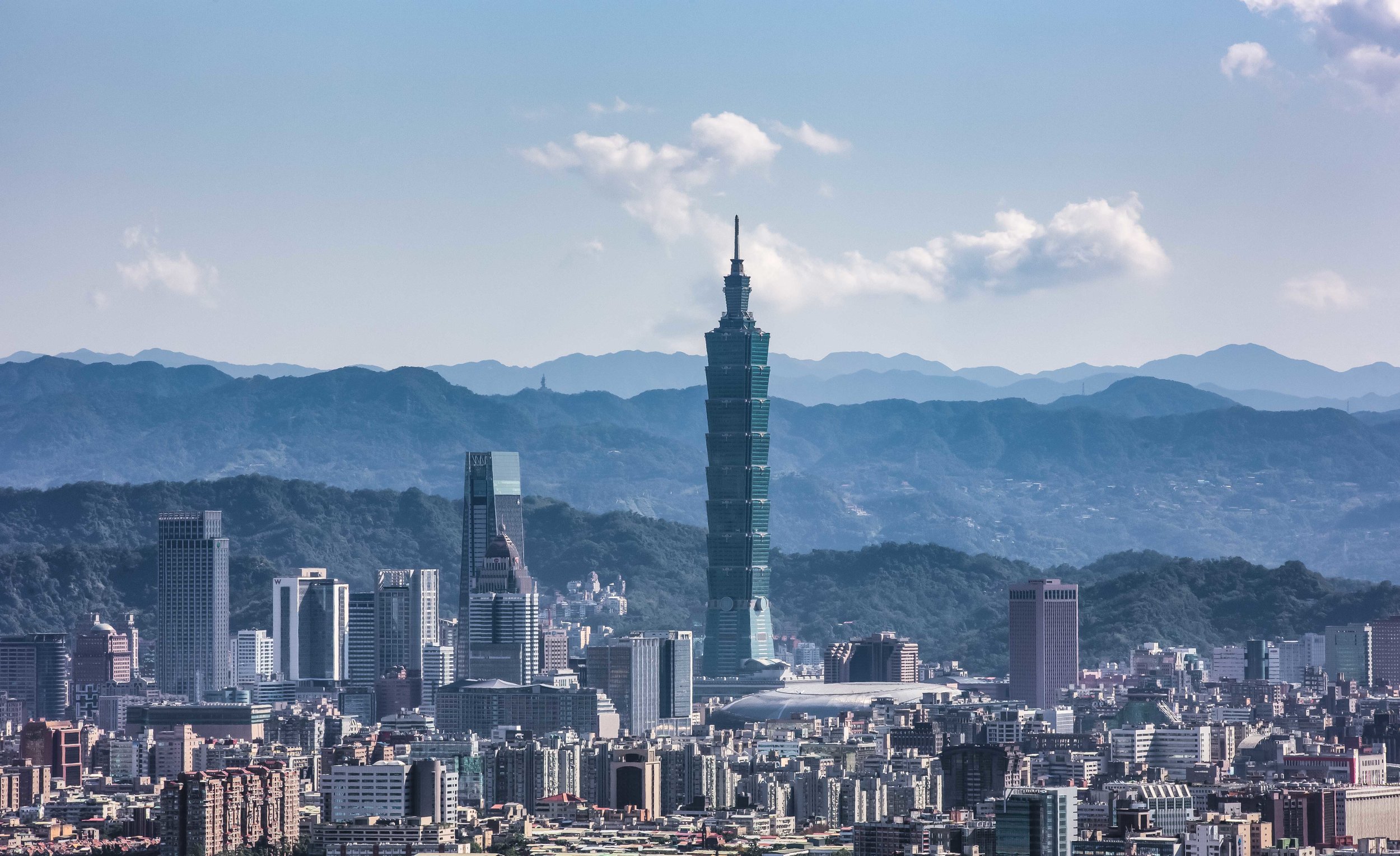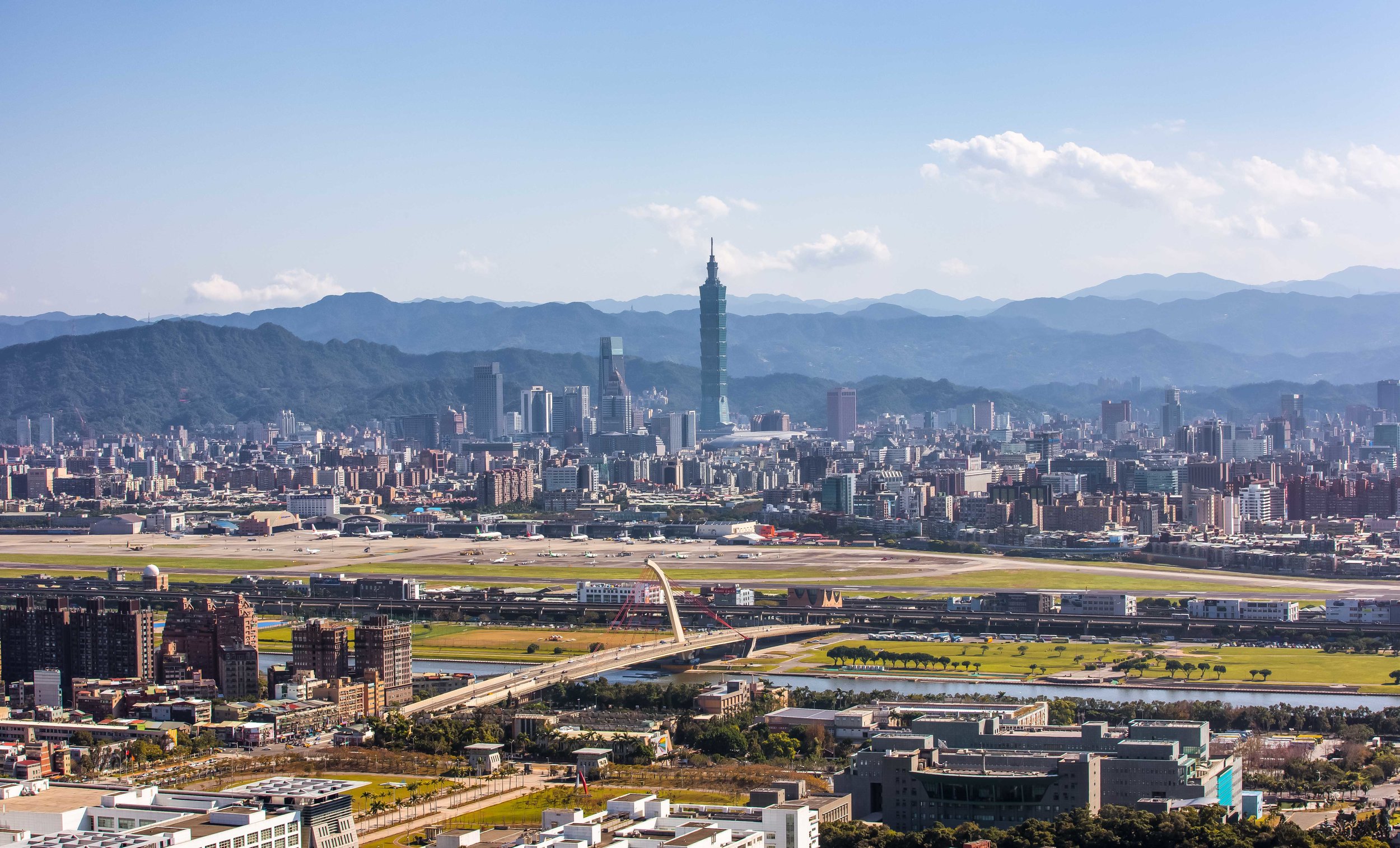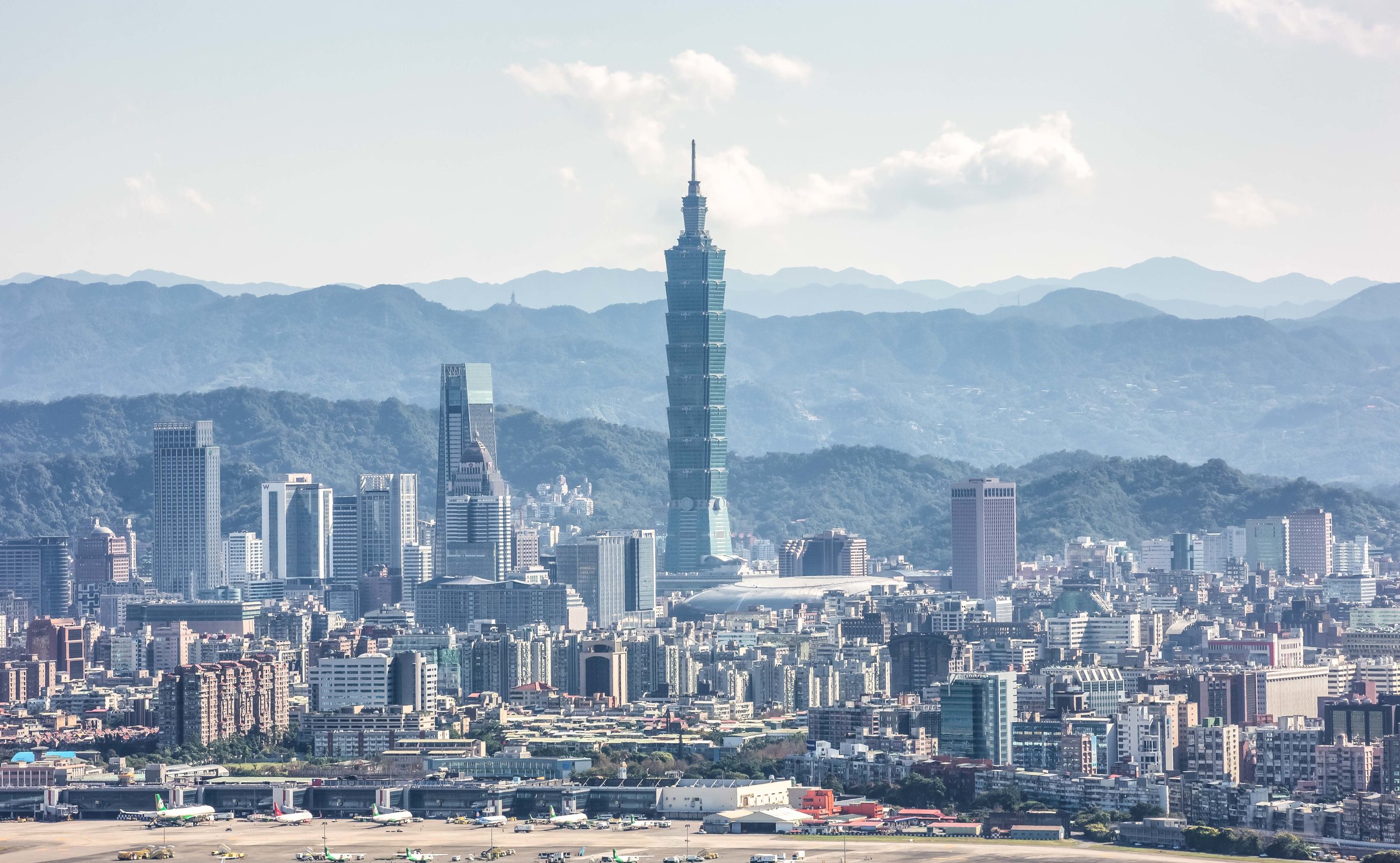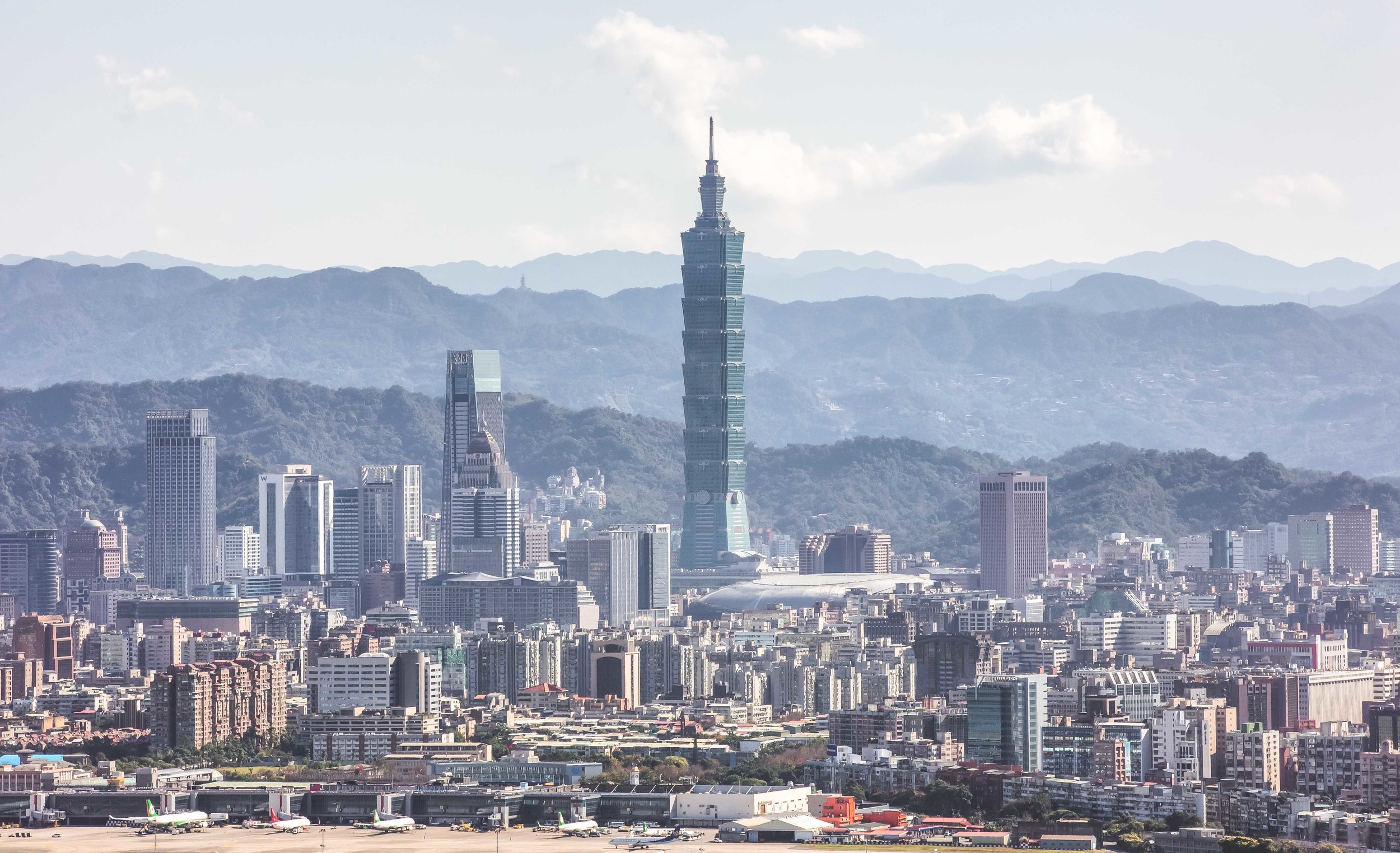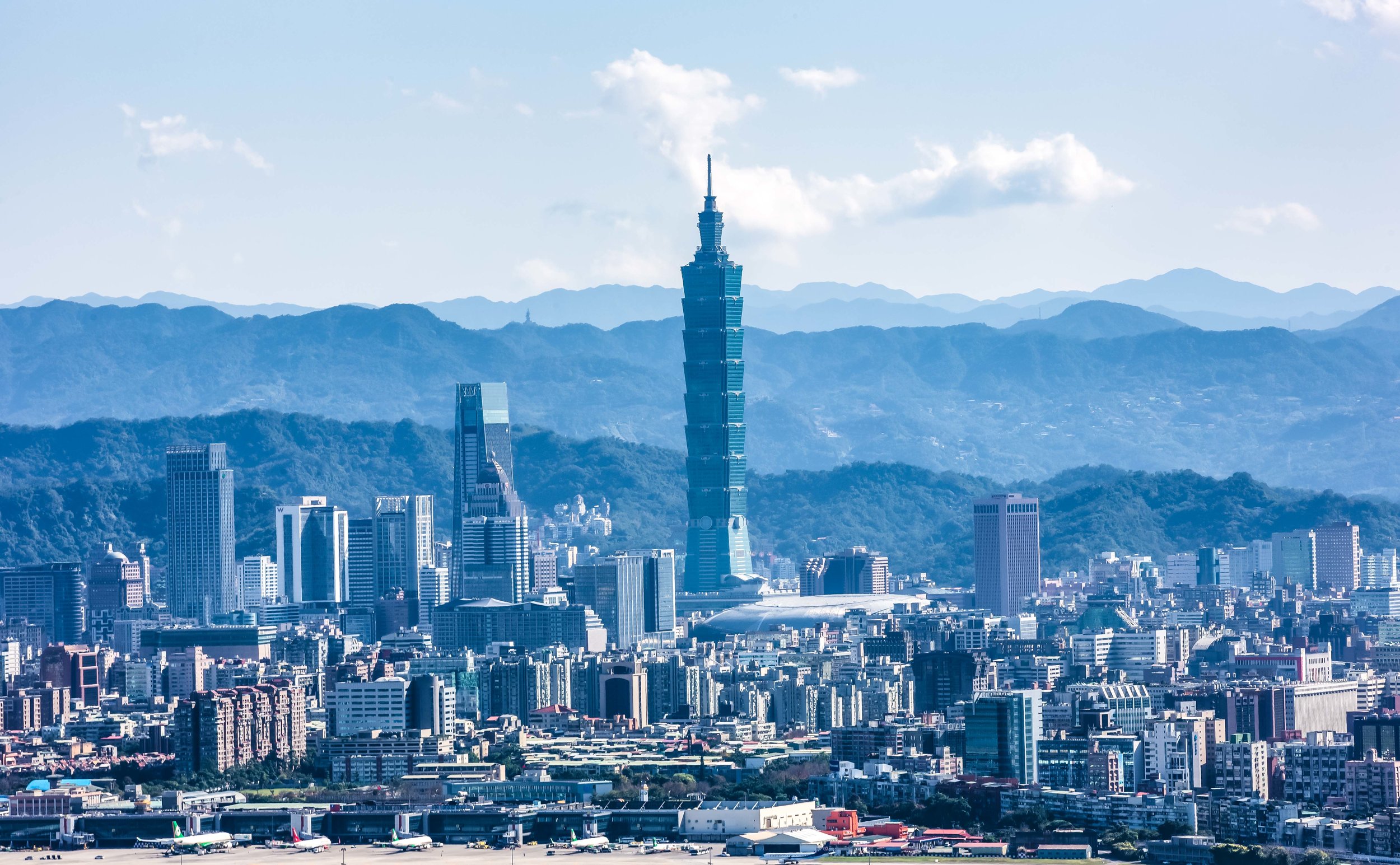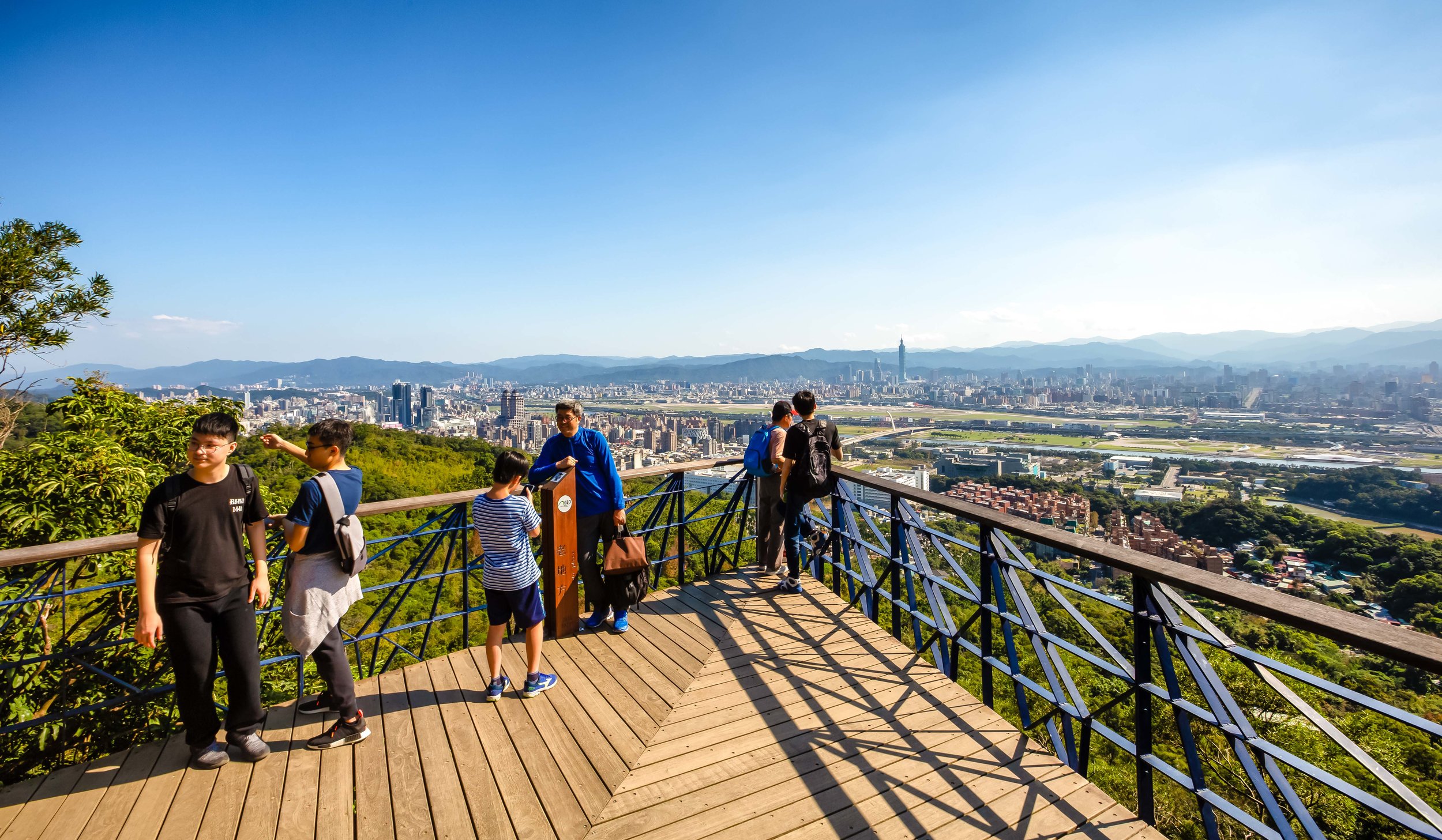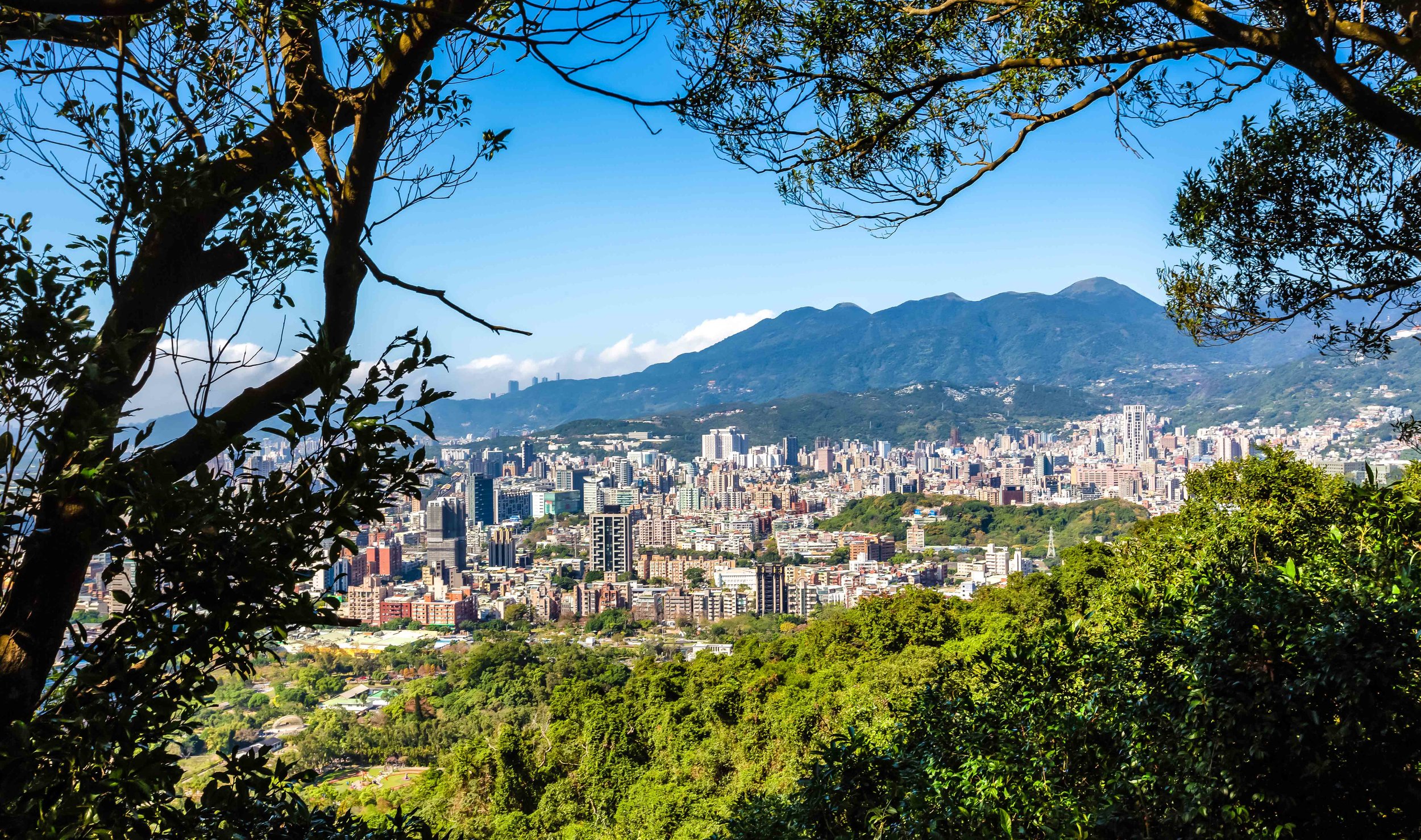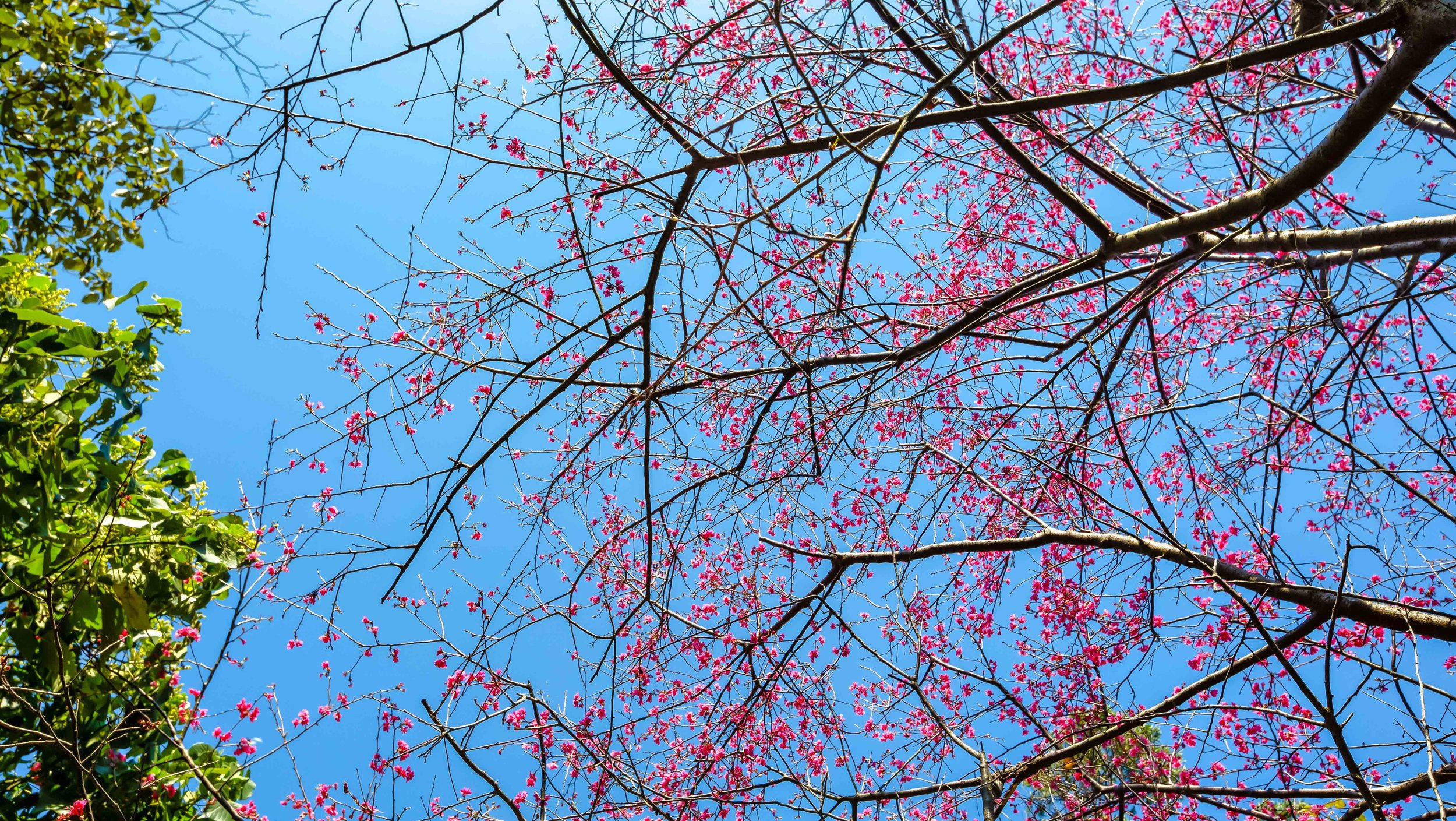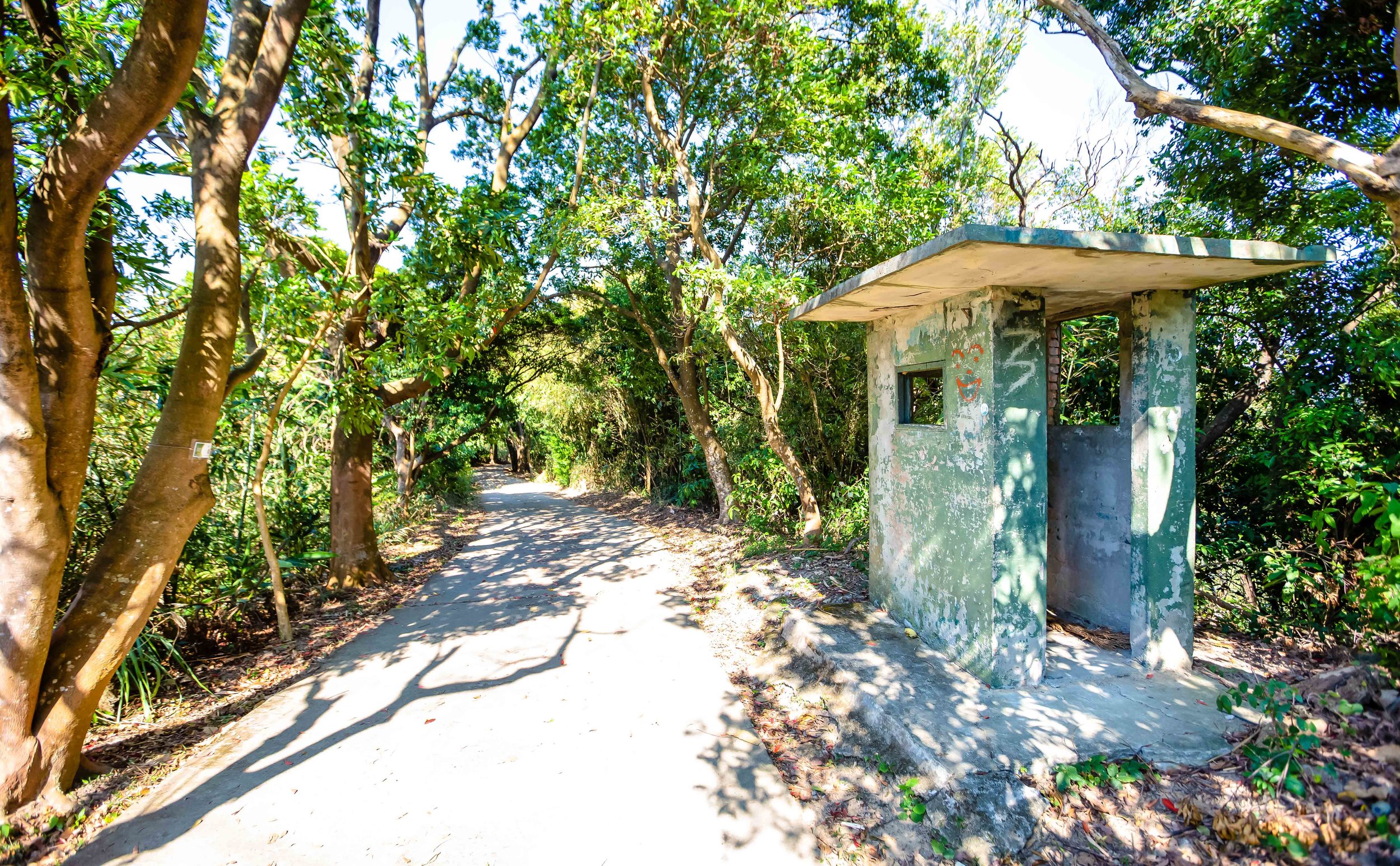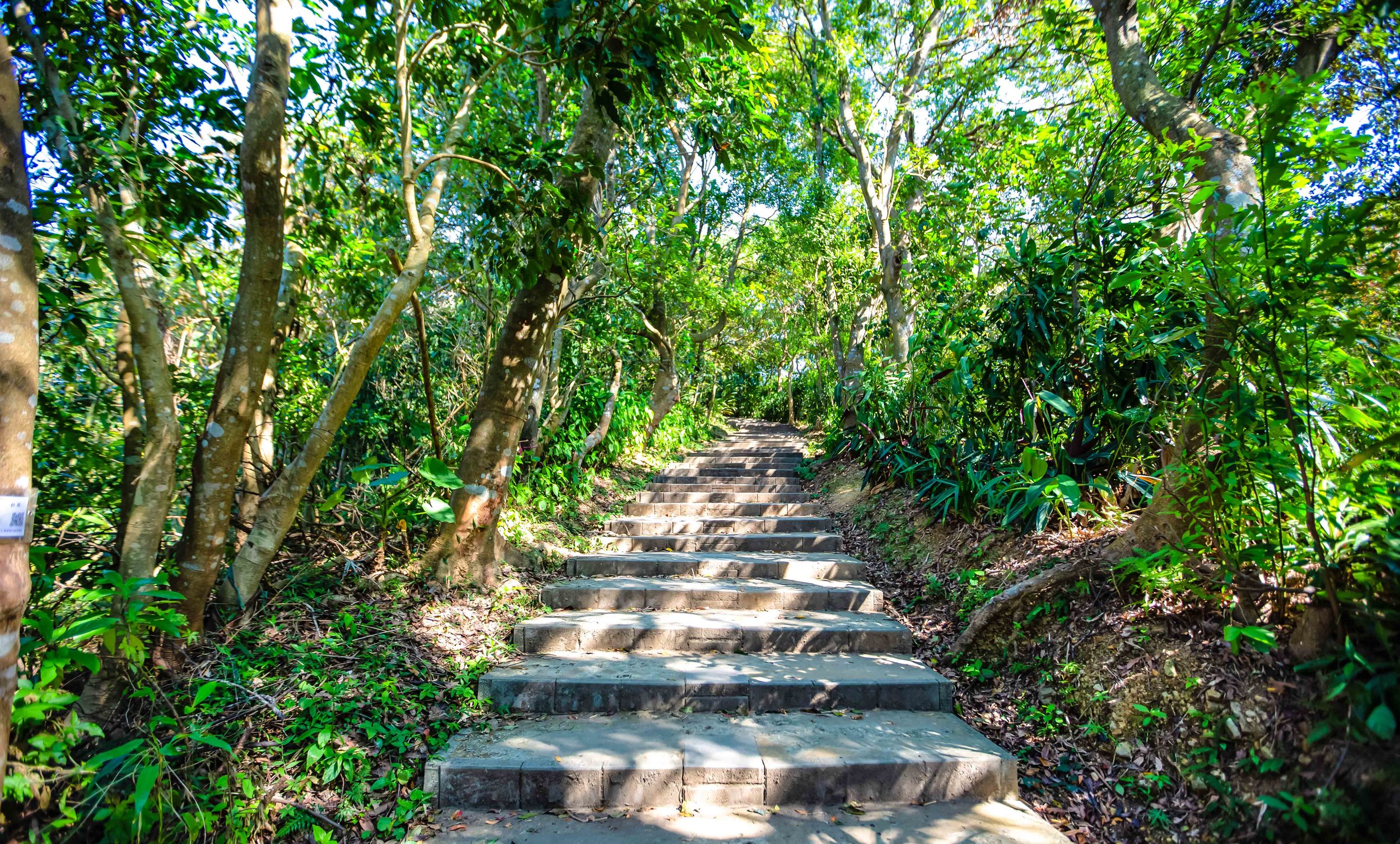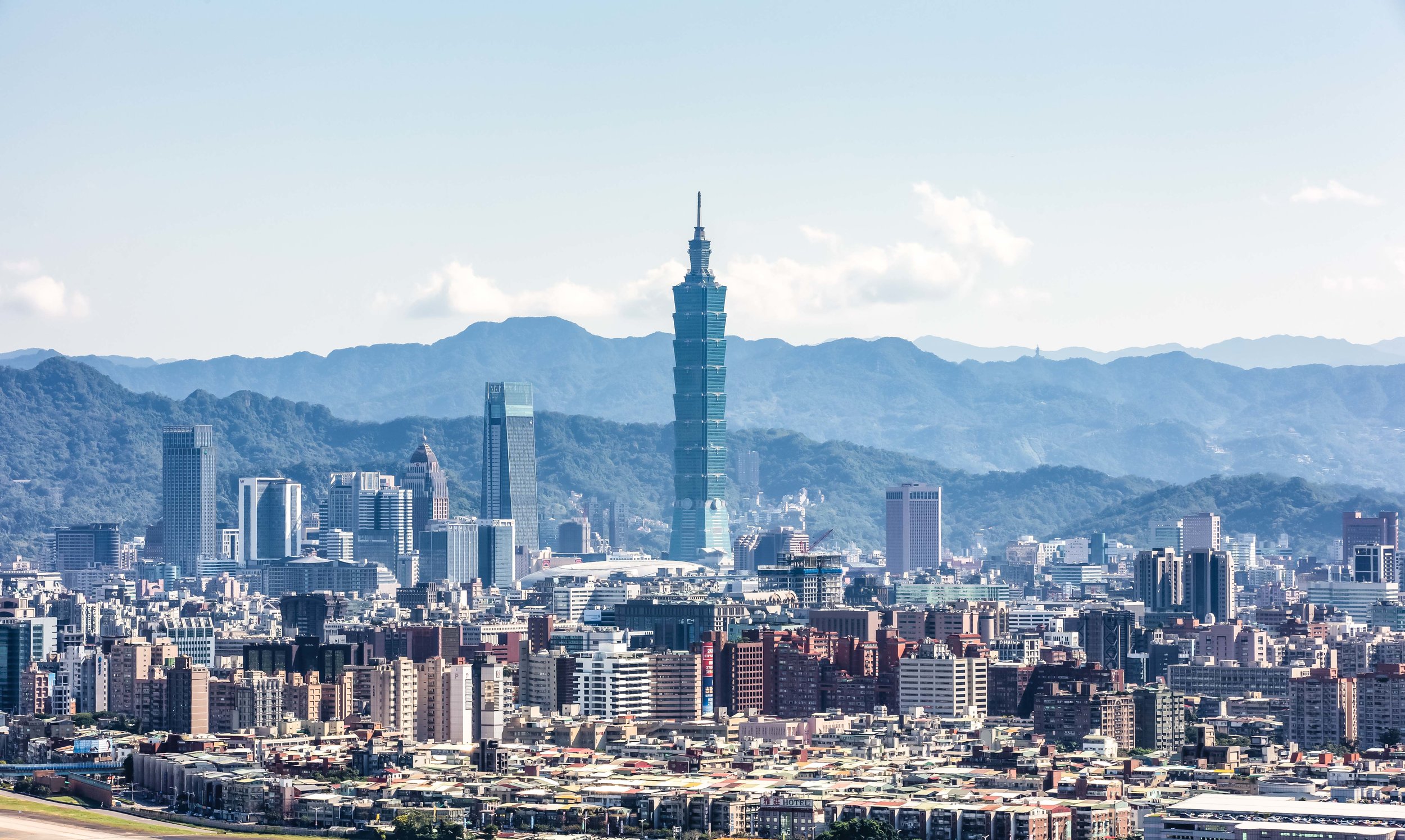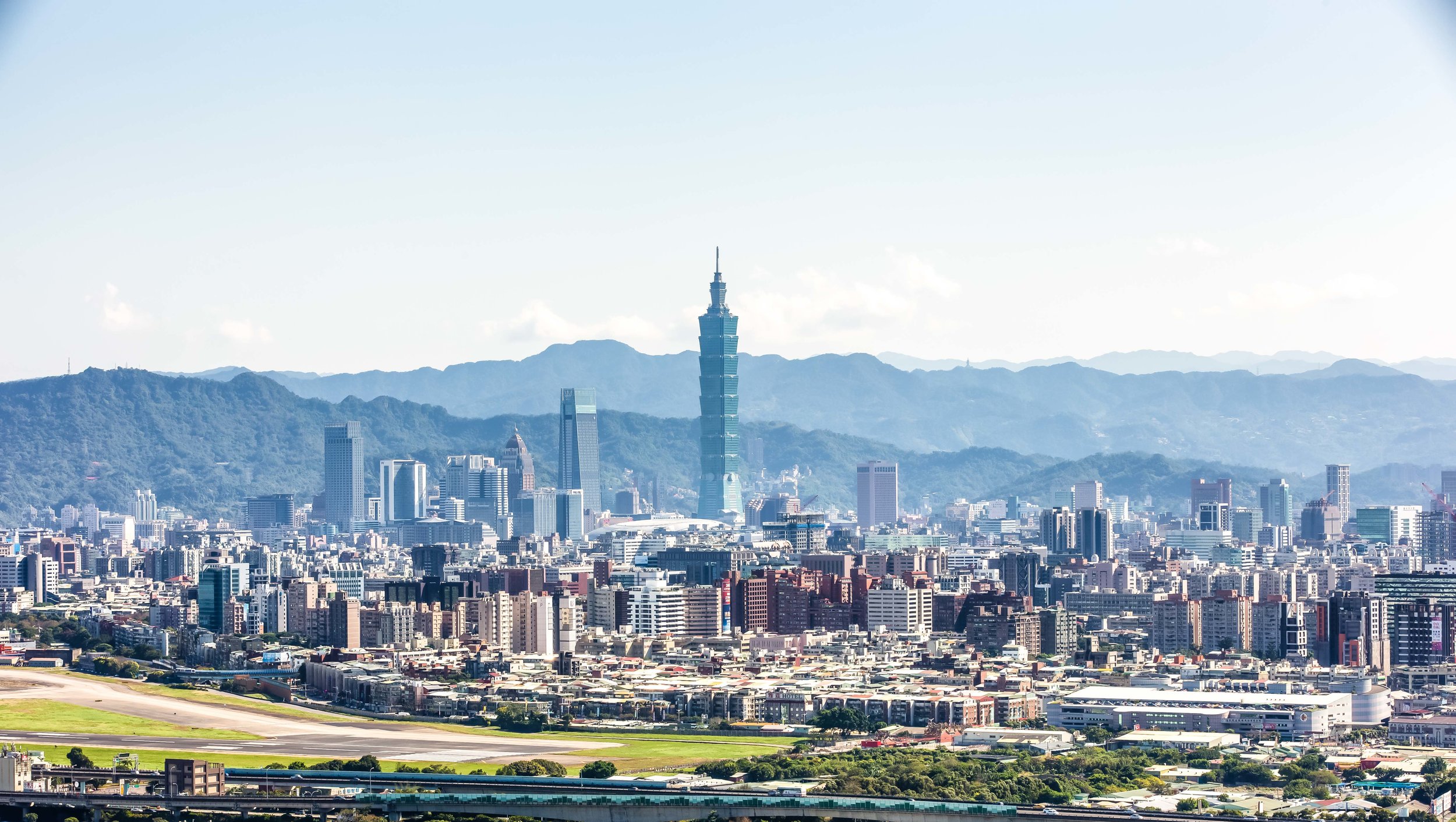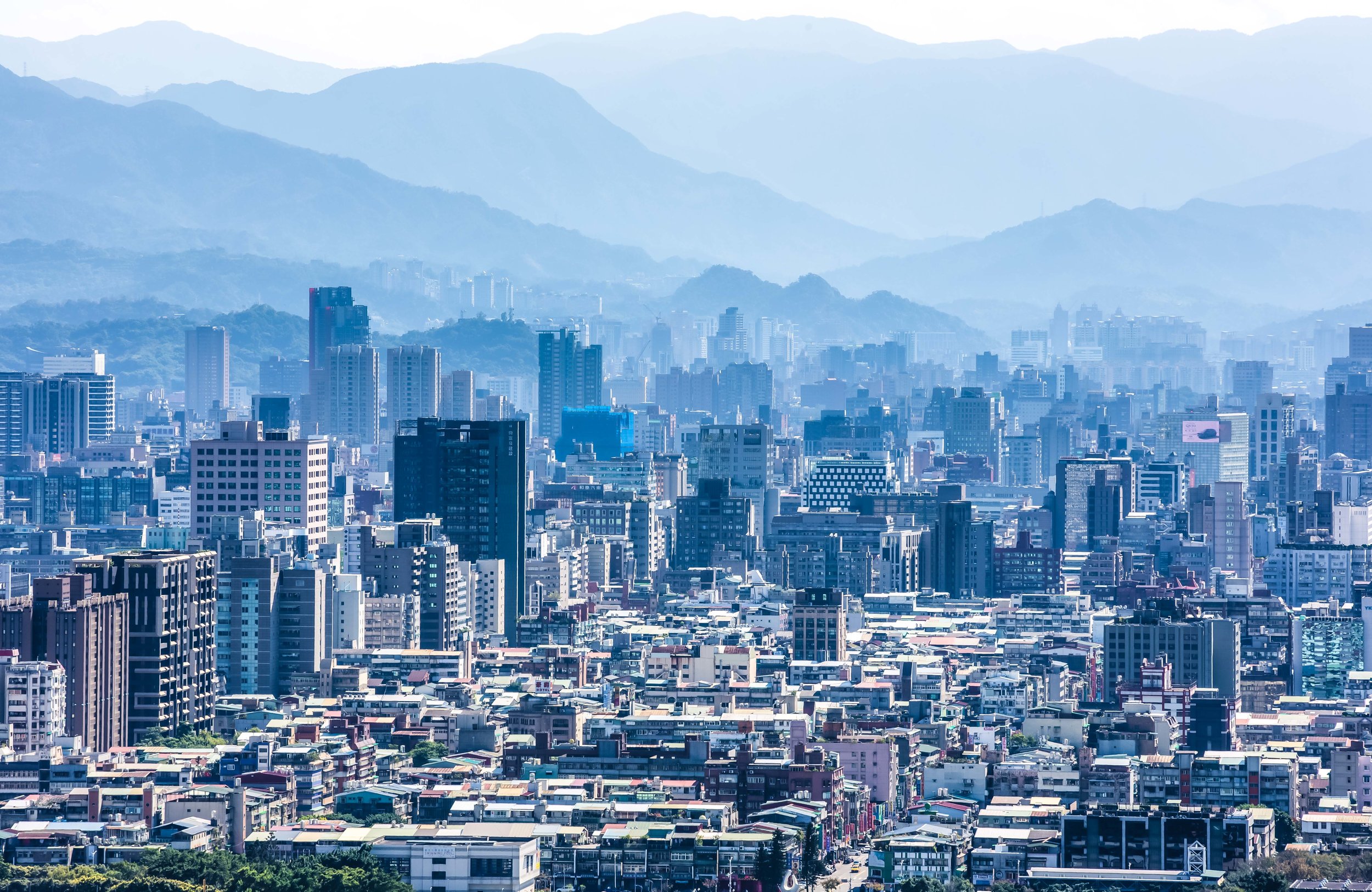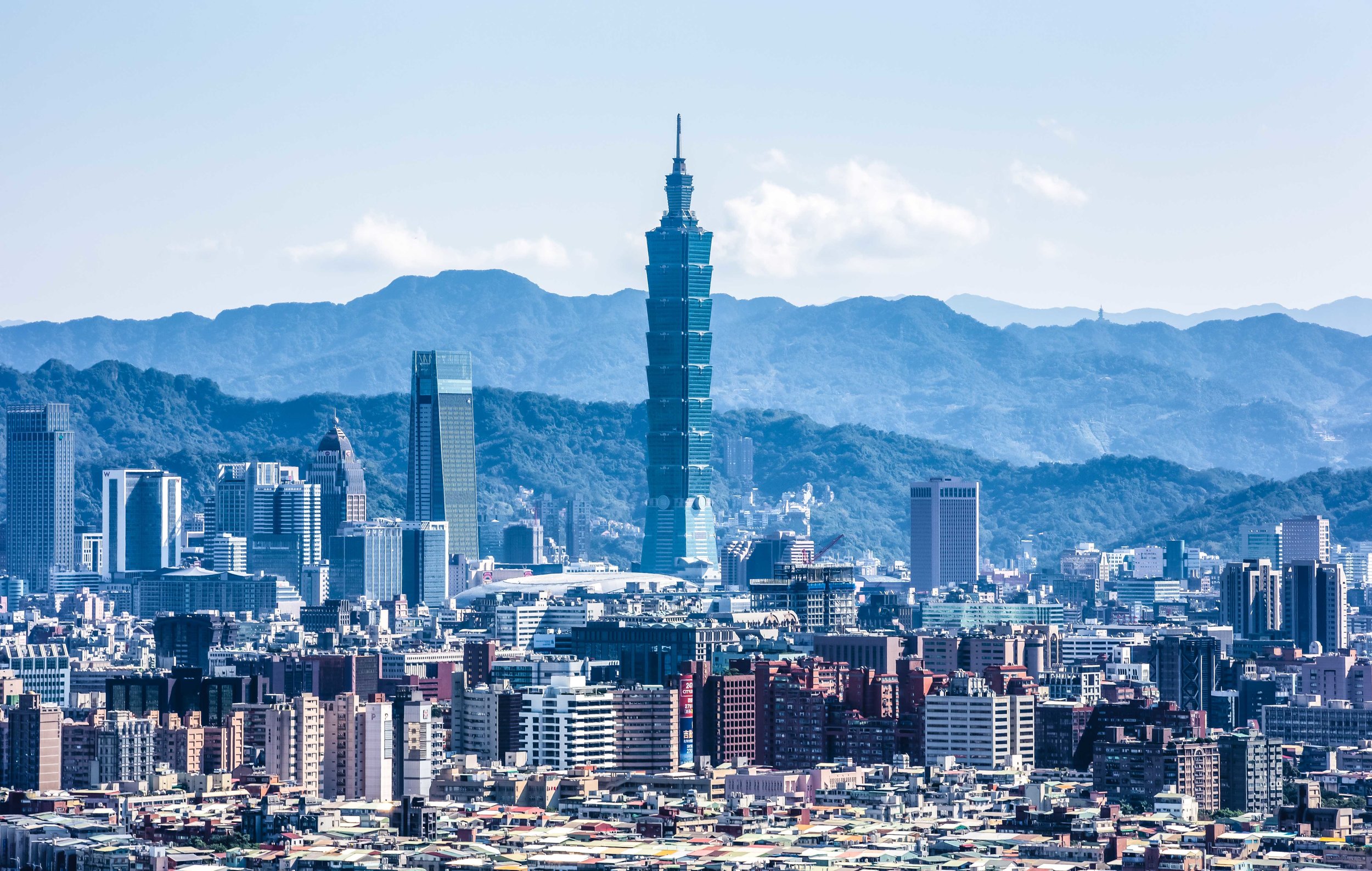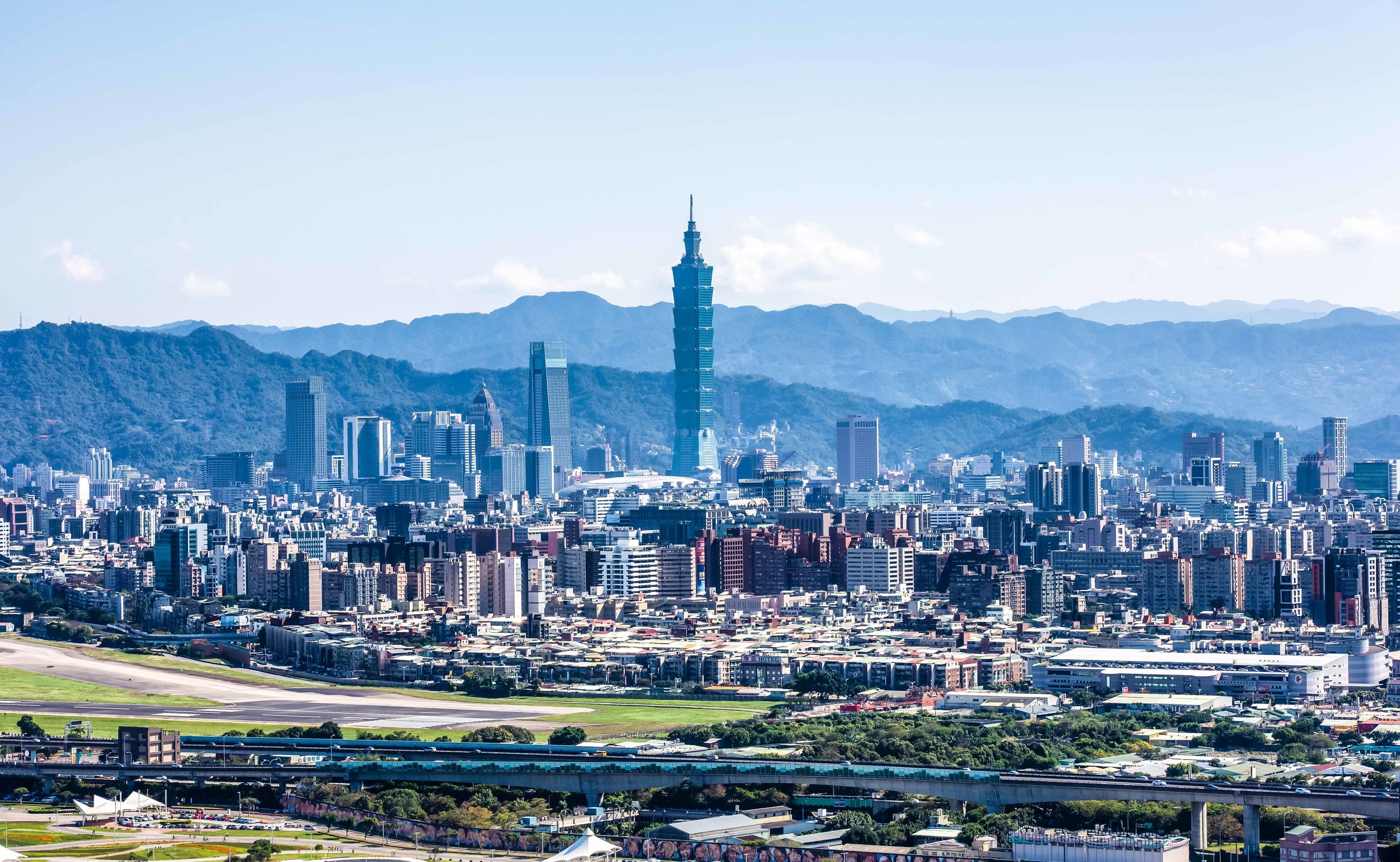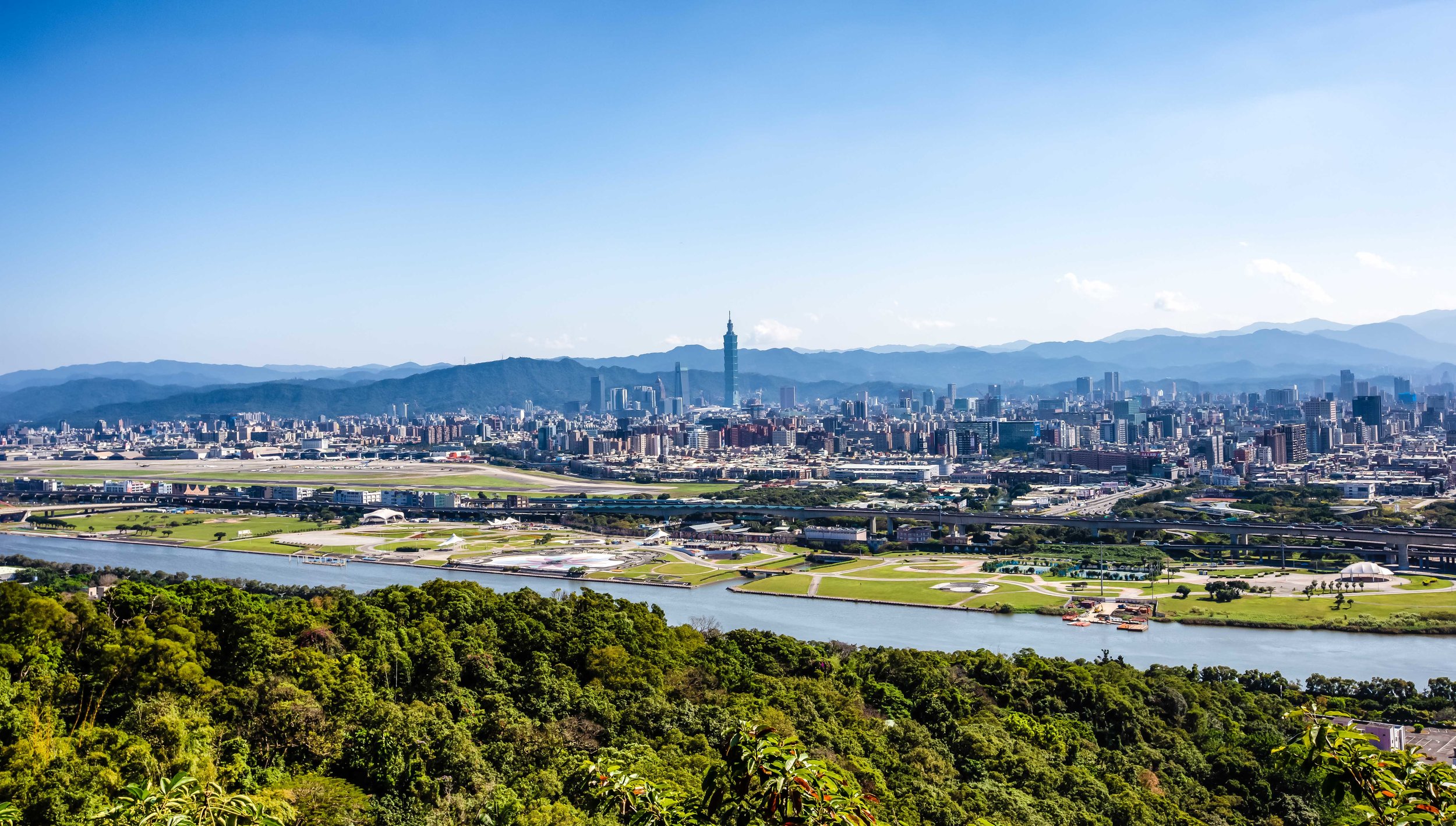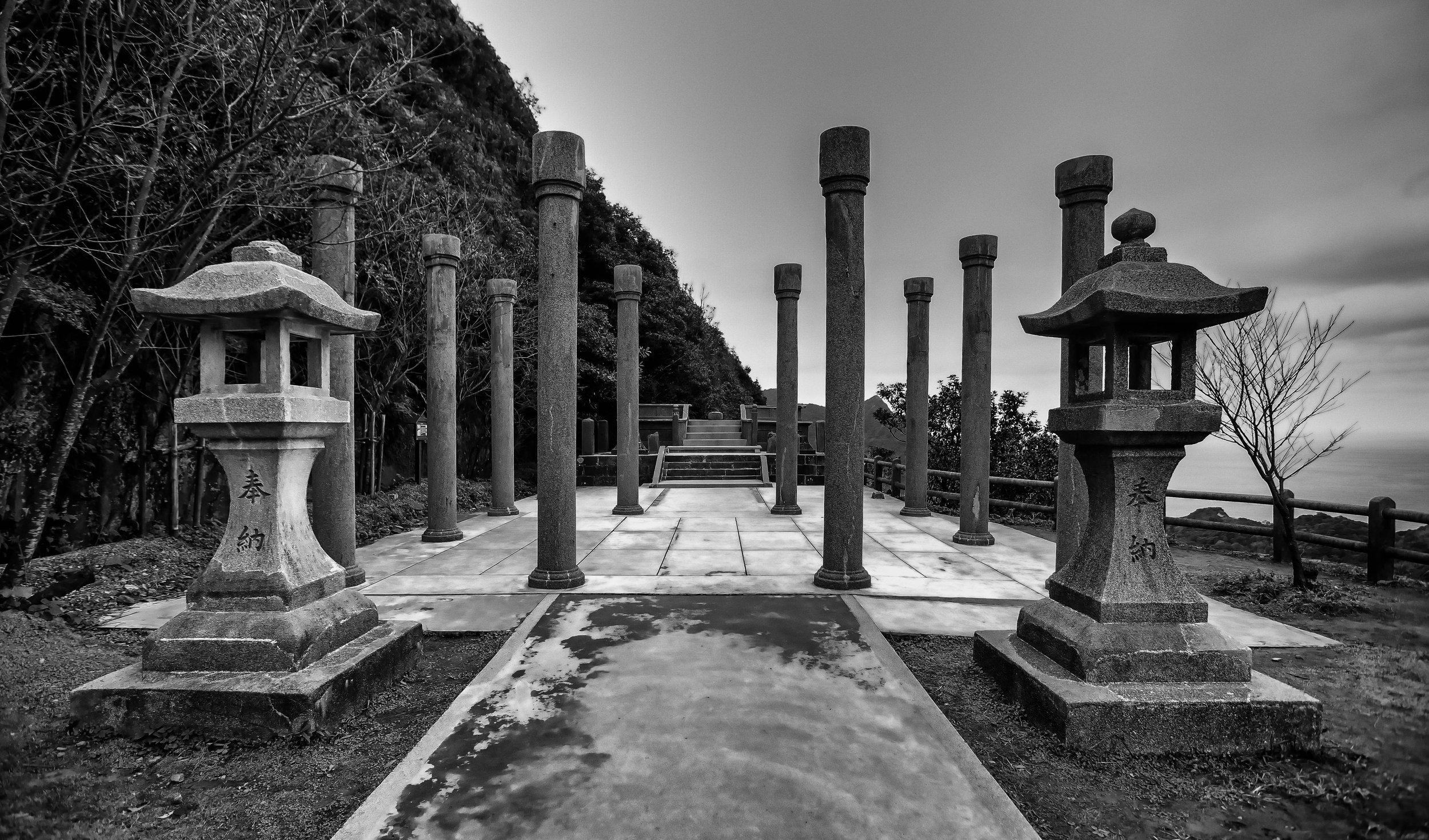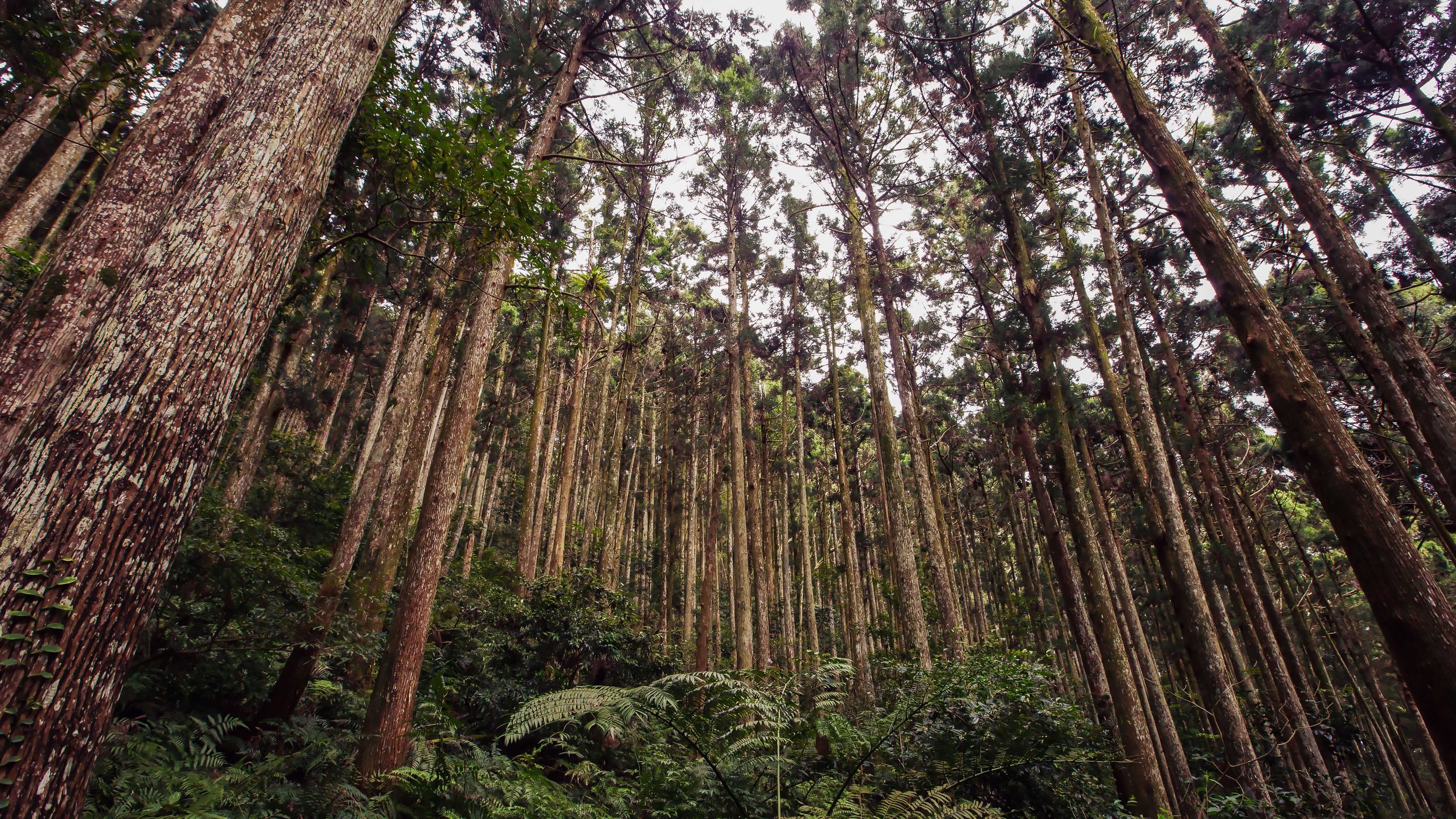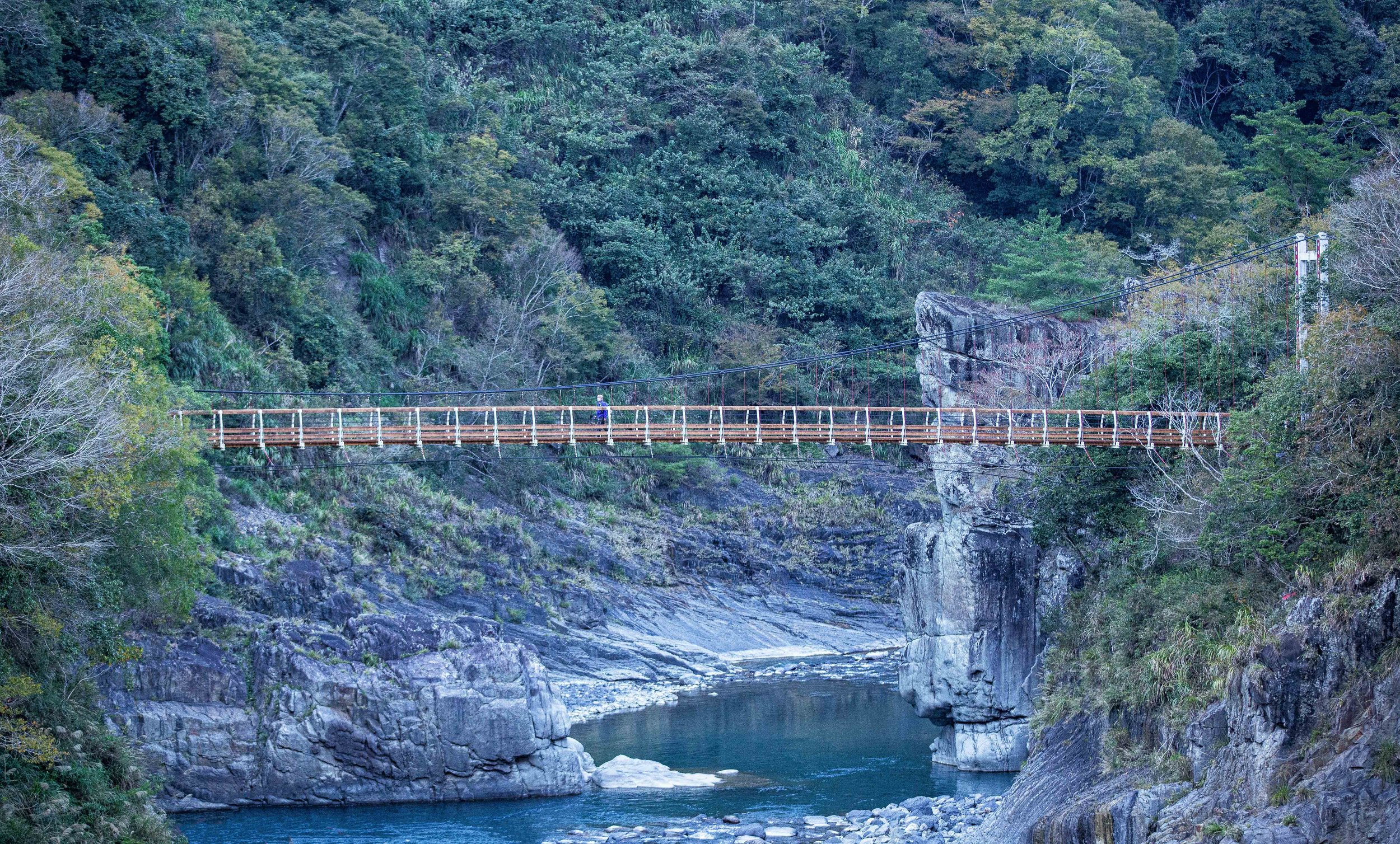For most people in the west, when we think about temples here in Asia, what often comes to mind is what we’ve seen in movies - The Shaolin Temple or secluded monasteries high in the mountains in Tibet.
Here in Taiwan the majority of the temples you’ll come across won’t have monks practicing martial arts or Lamas reciting humming mantras - They are actually a lot different than what you probably expected but are still wonderfully mysterious and extremely interesting.
Temples in Taiwan come in all shapes and sizes - They can be large and extravagant or modest shrines on the side of the road. They can either be quiet, contemplative places for meditation and reflection or loud, extremely busy and exciting places of worship.
The great thing about temples here is that no matter what you believe - You are always welcome! You’re going to be pressured into anything, you won’t have to pay an admission fee and no one is going to ask you to donate your hard earned money.
Sometimes though, you will come across those types of temples that you’ve seen in the movies - Those places of worship in the mountains where you’re able to enjoy a bit of “Zen” - and of course the scenery.
Bishan Temple in Taipei’s Neihu District is pretty much what you’ve imagined.
The large temple, which has become a tourist attraction in recent years, is nestled on the side of a mountain and was constructed in a way that allows it to blend in beautifully with the natural environment that surrounds it.
The temple also offers one of the best views of the city that you’re going to find.
Disclaimer: If you’re here only looking for information about the cityscape views and how to get to the temple you may want to skip the next few sections!
Bishan Temple (碧山巖開漳聖王廟)
Located on Bishan Mountain (碧山巖) in Taipei’s Neihu District (內湖區), Bishan Temple has a long history and is the largest temple in Taiwan dedicated to the folk-religion deity known as Kaizhang Sheng Wang (開漳聖王).
Dating back to 1751, the temple was originally just a simple stone shrine located near the peak of Bishan Mountain. Thanks to a bit of legend and some ‘good luck’ the temple has had the ability to attract its fair share of followers, and of course that means wads and wads of cash.
The legend is a bit convoluted but it more or less goes like this: A long time ago some guy belonging to the Huang family came to Taiwan and had the odd habit of placing amulets in auspicious locations. One day he was walking on Bishan Mountain and placed one of his amulets in a small hole in the side of a mountain (possibly a cave).
Years later, a group of bandits who were planning to rob the farmers who had settled on the mountain were suddenly cast away by a massive rock slide when they tried to make their way up the mountain.
The rock slide was said to have originated from the location of the amulet.
One of the rocks that cast away the bandit later split into three pieces which was interpreted as a supernatural message from the folk deity Kaizhang and his two generals.
(I’m assuming this is because the amulet was from a Kaizhang temple in China and not completely random.)
To express their gratitude, the people living on the mountain constructed a small shrine in honour of Kaizhang and from there the legend grew and worshippers started making pilgrimages to the area to seek the protection of the folk deity.
Soon enough the number of people visiting the small stone shrine was more than could be accommodated, so in 1861 the first iteration of Bishan Temple was constructed.
Since then the temple has been renovated, repaired and expanded upon on several occasions - most notably in 1913, 1971 and 2016 with the final product becoming the beautiful temple that we see today.
With the completion of the most recent expansion in 2017, the temple has become a massive multi-floor complex. Not every level of the temple is open to the public though - So far only the top floor (where the temple is located) and the floor below it are accessible.
The floor below the temple is currently home to a coffee shop and an art space run by the organization that controls the temple. The coffee shop is open from Tuesday to Sunday until 5:00pm and is a great spot to enjoy a drink and the views of the city.
Despite its size (and its obvious wealth), Bishan Temple is actually very simple in its design.
It doesn’t come across as flamboyant or ornate as many of other Taiwan’s places of worship which I think allows it to blend in more serenely with the natural mountain environment that surrounds it.
However, due to the necessity for expansion and the temple being located on the side of a mountain, it is obvious that the designers had to take a bit of liberty with its design - Especially with regard to the structural stability of the complex and traditional architectural styles.
The main part of the temple is designed in the traditional ‘two-hall and two-passage-way’ style (兩殿兩廊式) - This means that the front of the temple has a Temple Gate (廟門) with passages on either side, a court yard in the middle and the Main Hall (主殿) to the rear.
There are however two sets of stairs on either side of the Main Hall that transport visitors up the hill to the original stone shrine constructed in 1801.
This is the internet though, I’m fully aware that people like to argue, so if you wanted to say that the design is actually the ‘three-hall and two passage-way’ (狹長形三殿) style you’d also be correct.
Rarely though is the rear hall elevated on a hill above the main hall, nor is the actual entrance to the temple separate from the Temple Gate. This stuff can definitely become a bit confusing at times.
What is considerably easier to understand is that the beauty of Bishan Temple lies not in the display of extravagance and wealth that you see at other temples but its simplicity and careful consideration of the natural environment that surrounds it.
One thing you’ll notice when visiting the temple is the distinct lack of bright colours on the interior - There is an obvious focus on red lanterns which blend well with the dark-grey tones of the stone carvings found on the walls throughout the complex.
The stone-craftsmanship at this temple is absolutely beautiful and its obvious that no expense was spared in hiring skilled artisans to create the beautiful murals and dragon pillars throughout the complex. As the temple was crafted on the side of a mountain, I’m sure you can imagine that the focus on the stonework was meant to give visitors the feeling that the temple was carved out of the mountain itself.
If you visit, you’ll want to make sure you take a walk up one of the two passage-ways to the rear which are extremely picturesque and are full of beautiful stone murals and beautifully hand-painted wooden pillars.
Main Hall (主殿)
The main hall in the temple consists of five separate shrines:
The shrine to the far left is dedicated to the Jade Emperor (玉皇上帝) and the Tai Sui Generals (太歲星君) - The Jade Emperor is pretty much the ‘godfather’ of Taoism and the Tai Sui generally represent the Chinese Zodiac. Both are represented by spirit plaques on either side of a statue of the Goddess Doumo (斗母元君).
The shrine to the far right is a simple one dedicated to the God of Literature (文昌帝君), an important deity for anything to do with scholarly study. Students often visit one of the many shrines dedicated to the God of Literature throughout Taiwan to pray for a bit of spiritual help with their studies.
The Main Shrine of the temple consists of three separate shrines:
The shrine on the left is dedicated to the Earth God (福德正神) one of Taiwan’s most popular deities.
The shrine in the middle is dedicated to Kaizhang Sheng Wang (開漳聖王) and his court, which includes his two generals General Lee (李將軍) and General Ma (馬將軍).
The shrine on the right is dedicated to the ‘Martial’ representation of Kaizhang Sheng Wang (武身聖王).
Something that confused me while doing research for this blog was that there was little information readily available for a god named “武身聖王”. I did lots of searching through Chinese-language sites for an answer but came up with very little.
So, I took another trip to the temple to solve the mystery and after a short discussion with the lovely people at the information desk I learned something new:
The god in the main shrine is considered a “文” (Wen) representation meaning that he is ‘scholarly’ and ‘compassionate’ and is useful for attracting good fortune and blessings.
The shrine to the right is the “武“ (Wu) representation that depicts Kaizhang’s “martial” nature as a former military leader. This is a common thing that happens with representations of historical figures in Chinese folk religion. The martial representation has the power to help ward off evil spirits and bad influences.
Likewise, every temple in Taiwan will have “Door Gods” or “Menshen” (門神) on the front doors which act as guardians for the building with one always appearing as a ‘martial’ (武) deity and the other a ‘scholar’ (文)
Kaizhang King (開漳聖王)
As mentioned above, Bishan Temple is the largest of its kind in Taiwan dedicated to the folk-religion deity known as Kaizhang Sheng Wang (開漳聖王).
In most cases when you encounter a folk-religion deity in Taiwan, their worship is likely to have been brought here along with the Hokkien people (閩南人) of Fujian (福建) hundreds of years ago.
The Hokkien’s ended up bringing with them not only their language but their culture, cuisine and beliefs and helped to shape Taiwan into the land that it is today.
“Kaizhang” was a historical figure named Chen Yuan-Guang (陳元光) who lived during the Tang Dynasty (唐朝). He was a famous general who was credited with the development and prosperity of the Zhangzhou (漳州) region of Fujian Province.
After his death both Chen and his top two aides were deified becoming known as the patron saints of the people due to the fact that in life they were known for unifying people through ‘respect’ rather than the heavy-handed approach which was usually taken by the governors of that time.
Coincidentally Chen’s defied name “Kaizhang” (開漳) is directly related to his efforts to develop or “open” (開) the Zhangzhou (漳州) area. So you get the name “開” (open) and “漳” (Zhangzhou).
Today ‘Kaizhang Sheng Wang’ is a popular folk-deity worshipped by the Hokkien people of Taiwan, China’s Fujian Province, Singapore and Malaysia.
Link: Tan Goan-Kong
City Views
I gather that most of you aren’t actually here to learn about the temple, its design or its history.
You’re probably here looking for information about the great views!
It’s okay, I understand. Not everyone shares the same enthusiasm for Taiwan’s temples as I do.
This temple is not only a popular place of worship for locals but it has also become a tourist attraction, especially with photographers thanks to the spectacular views it offers of the city.
While most temples in Taiwan close their doors around 9:00pm, this one stays open a bit later to accommodate those who come to see the beautiful night views of the city.
The front of the temple offers two large viewing platforms to guests who get to enjoy a panoramic view of the Taipei Basin, Taipei City as well as the mountains that surround the temple.
The upper platform on the main floor of the temple has a large protection barrier that may partially block some of your views. It does however allow you a much wider perspective than the platform on the lower coffee shop level.
I’m going to have to add a bit of a disclaimer here in order to save myself from angry emails:
The views at the temple are not always great.
You’re going to want to make sure that you visit on a day when the weather forecast is looking good and the skies are clear - This of course can be a bit difficult if you are a tourist and are on a tight schedule and don’t have a lot of time in the country.
As you can see from some of the photos I’m sharing here, I was both lucky on one occasion and extremely unlucky on another. Not only is the weather an important factor, but so is air quality - If you visit on a day when the weather is fine, you may still not have great views due to the haze caused by pollution.
Link: Air Pollution in Taiwan: Real-time Air Quality Index Visual Map
The temple and the viewing platform are free of charge for visitors and is open until 10:00pm.
If you can’t show up until later, you may want to consider a night climb of nearby Jinmian Mountain.
Getting There
The best way to get to the temple is to use Taipei’s excellent public transportation network.
If you have your own means of transportation, you could always drive up the mountain, but then you’d have to find a parking spot for your car and on weekend that could be relatively difficult.
The bus that goes up the hill is inexpensive ($15NT), fast and comes at regular intervals, so you won’t have to wait very long for service.
To get to the bus first take the MRT Brown Line (文湖線) to Neihu Station (內湖站) and from Exit 1 walk to the rear of the building (where the MRT station is located).
There are two options for the bus stop - The closest is a simple right turn from the back of the MRT building. It is possible though that you won’t get a seat on the bus if you board from there. The expert thing to do would be to turn left from the back of the building and then walk down the road until you reach #452 Neihu Road Section 2. The bus stop is easily spotted as it is located a little bit past a small Earth God Shrine (梘頭福德祠) that blocks part of the sidewalk.
From there you’ll just have to wait for the “小2” bus which will bring you up the hill.
Link: 小2 Bus Schedule
When you arrive at the entrance to the temple all you’ll have to do is get off the bus and walk up the long set of stairs to the entrance. You’ll easily know when you’re at the temple stop as pretty much everyone will get off the bus at the same time.
Whether you’re visiting Bishan Mountain for the historic temple or just for checking out the cityscape - There is a variety of other activities and things that you can see and do while up on the mountain. There are various hiking trails, strawberry fields, temples, a beautiful suspension bridge, parks as well as restaurants and tea shops to keep you busy for an entire day. The area is also extremely popular between February and March every year when the cherry blossoms are in bloom.
If you’re looking to take a day-trip but don’t really feel like leaving Taipei, you might want to consider taking in some of the recreational activities available on the mountain.
Its definitely a great way to escape the city and who doesn’t want to sit on a mountain drinking tea?









